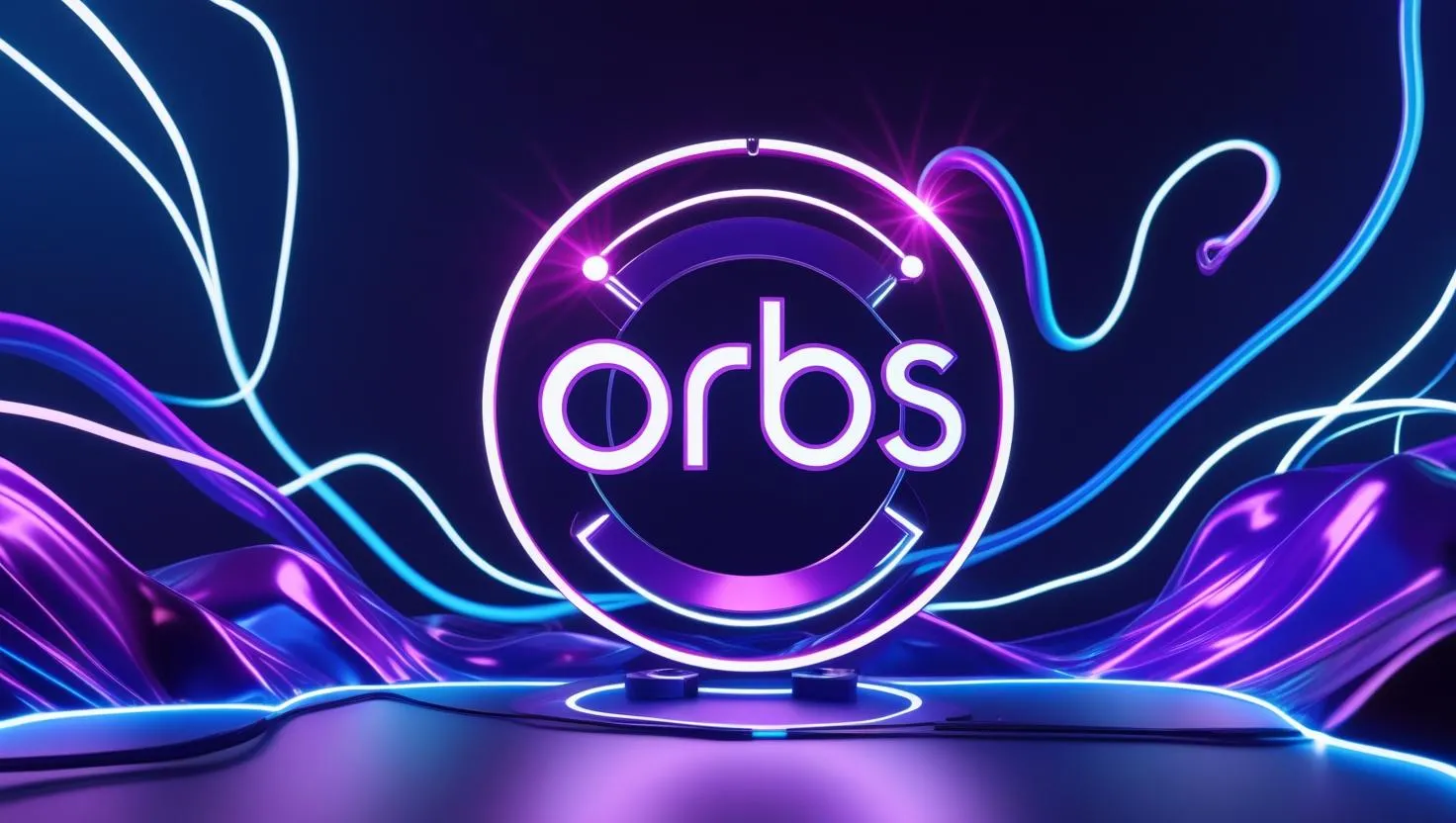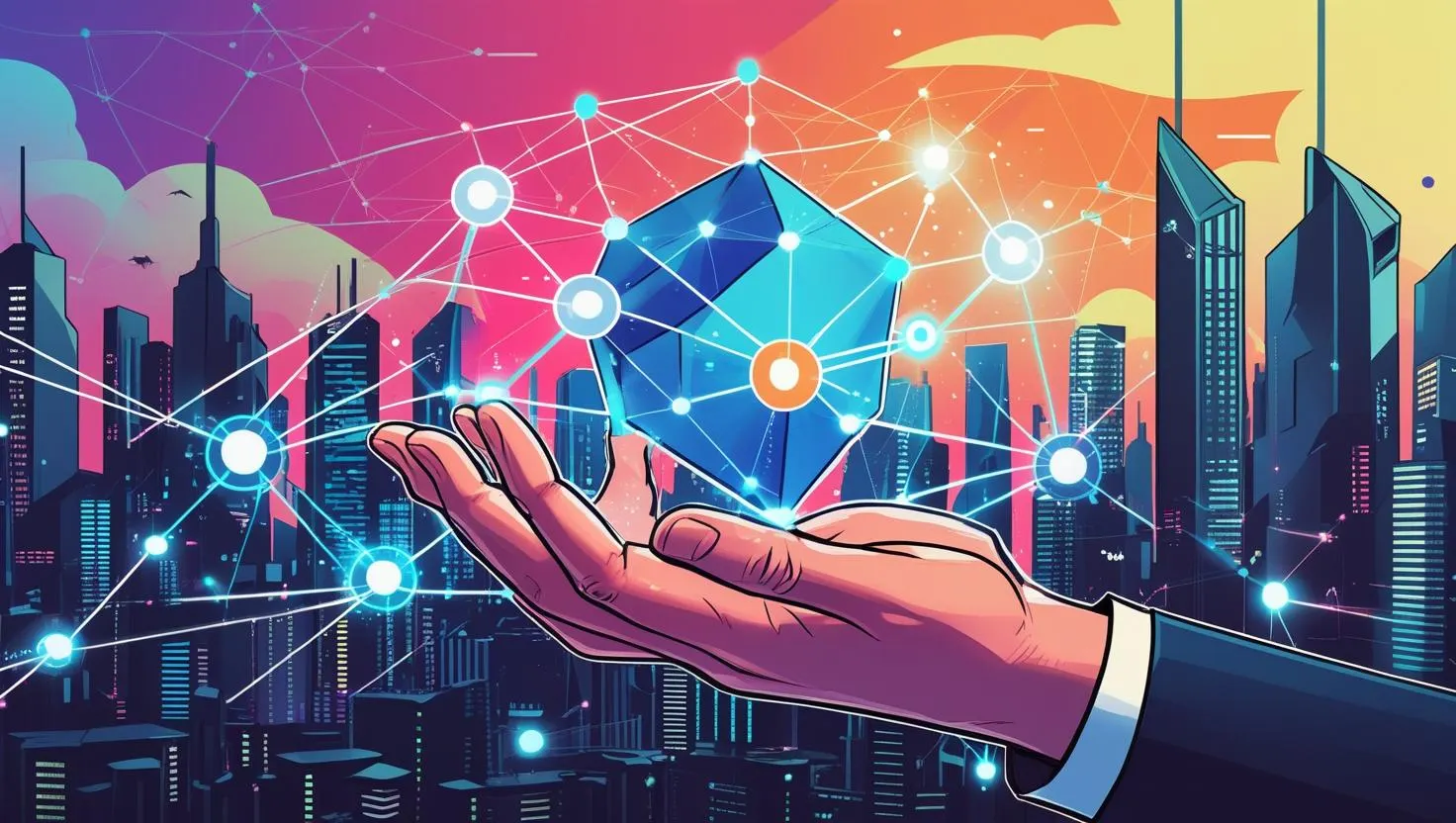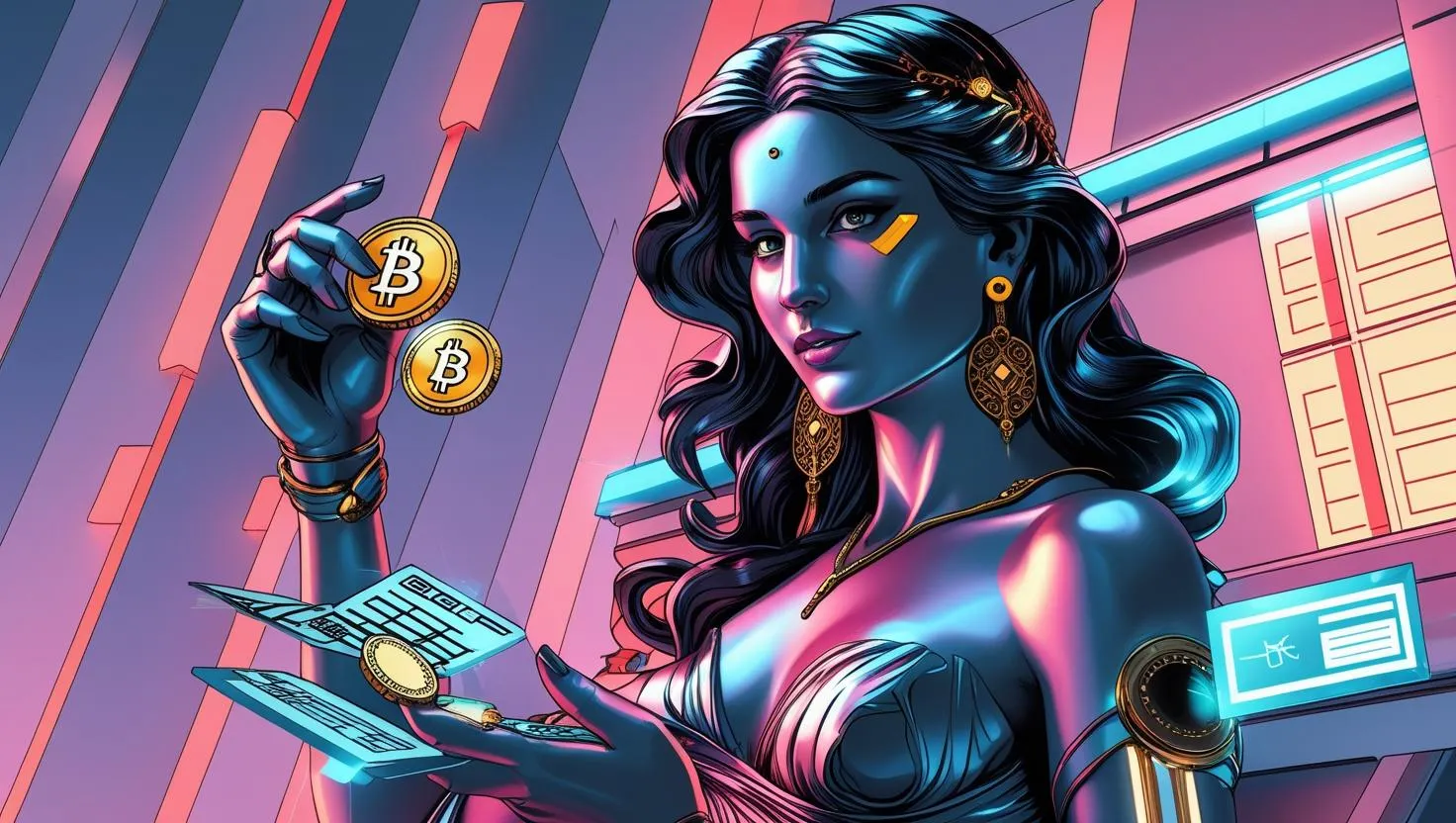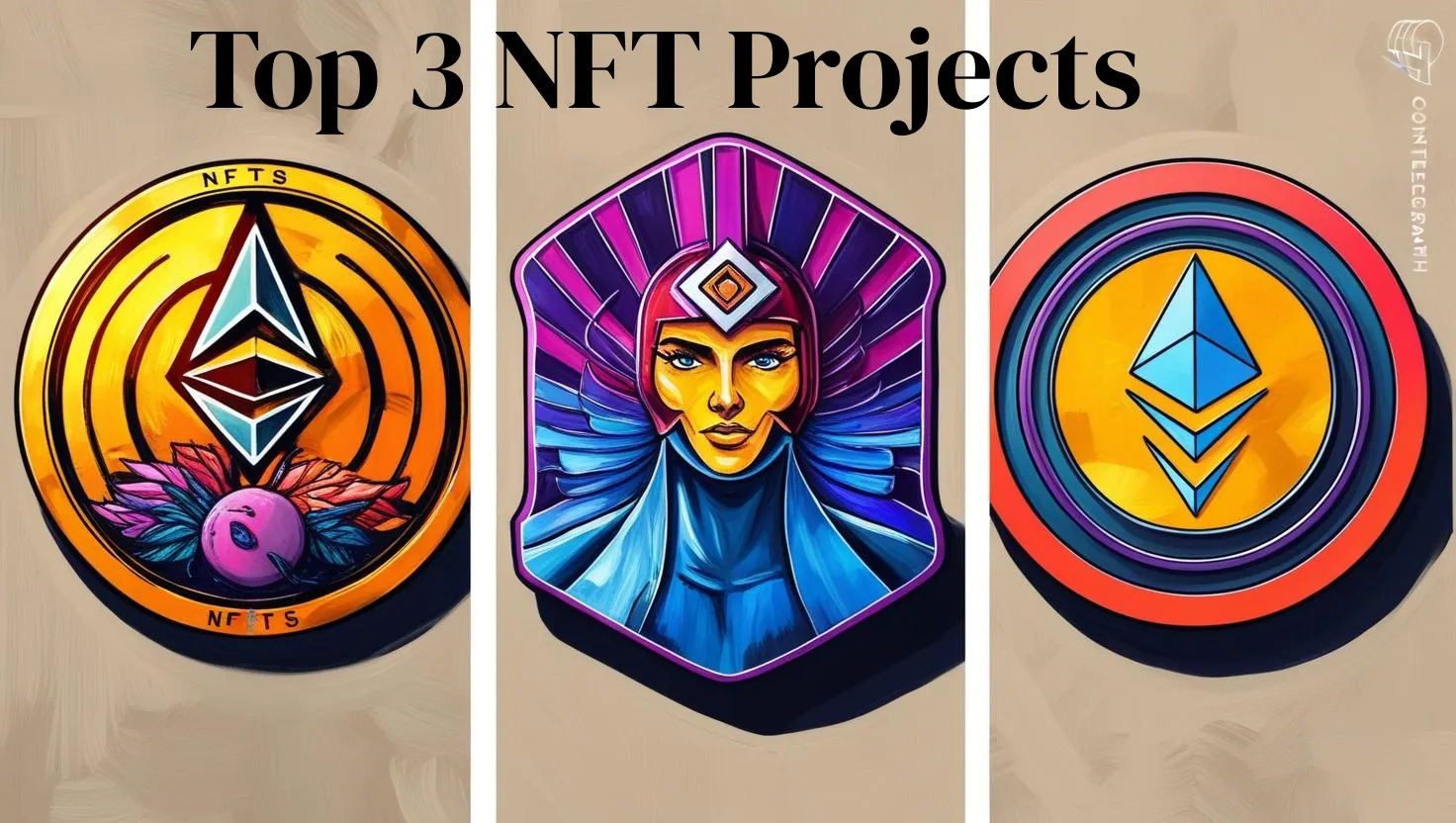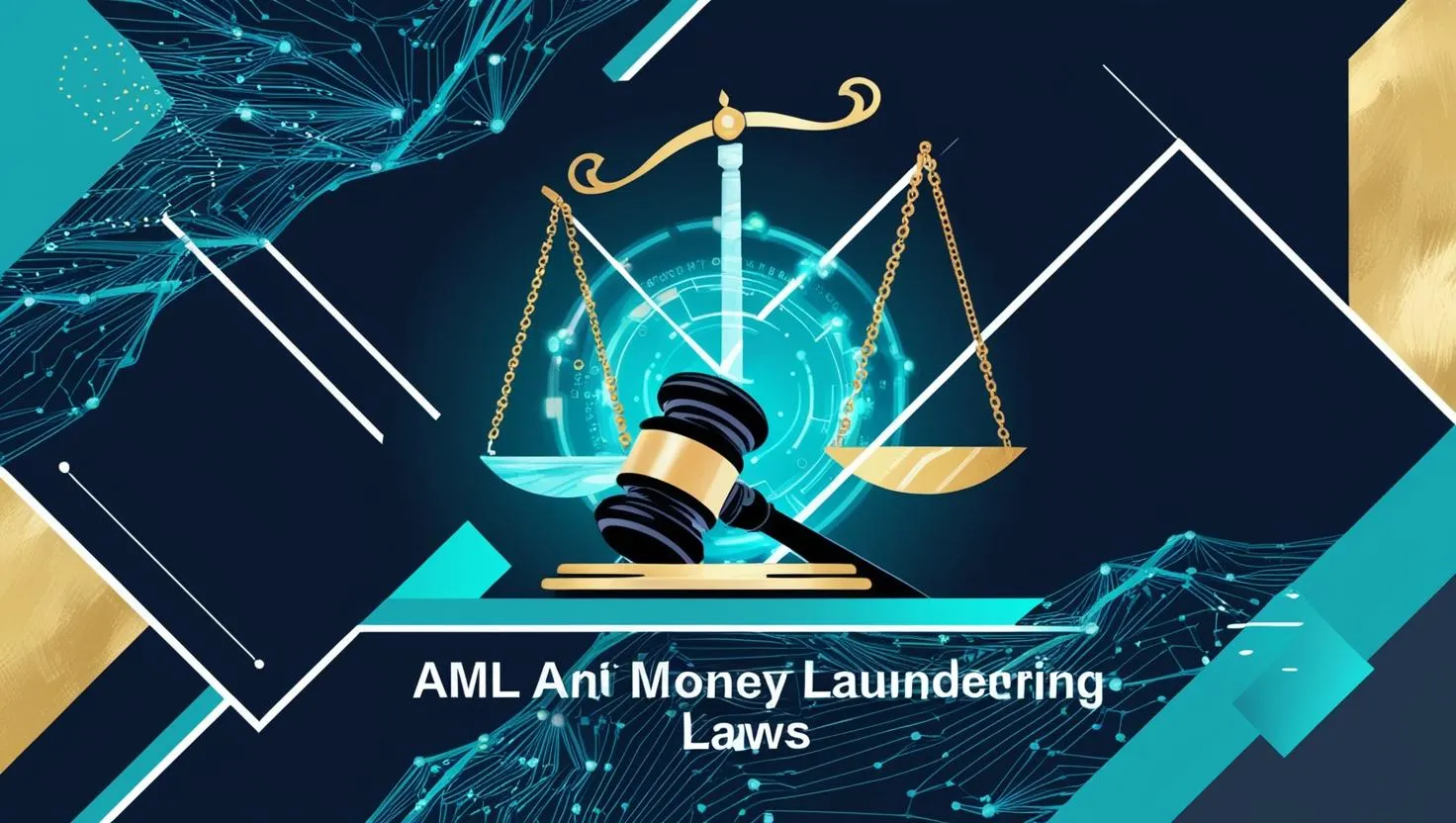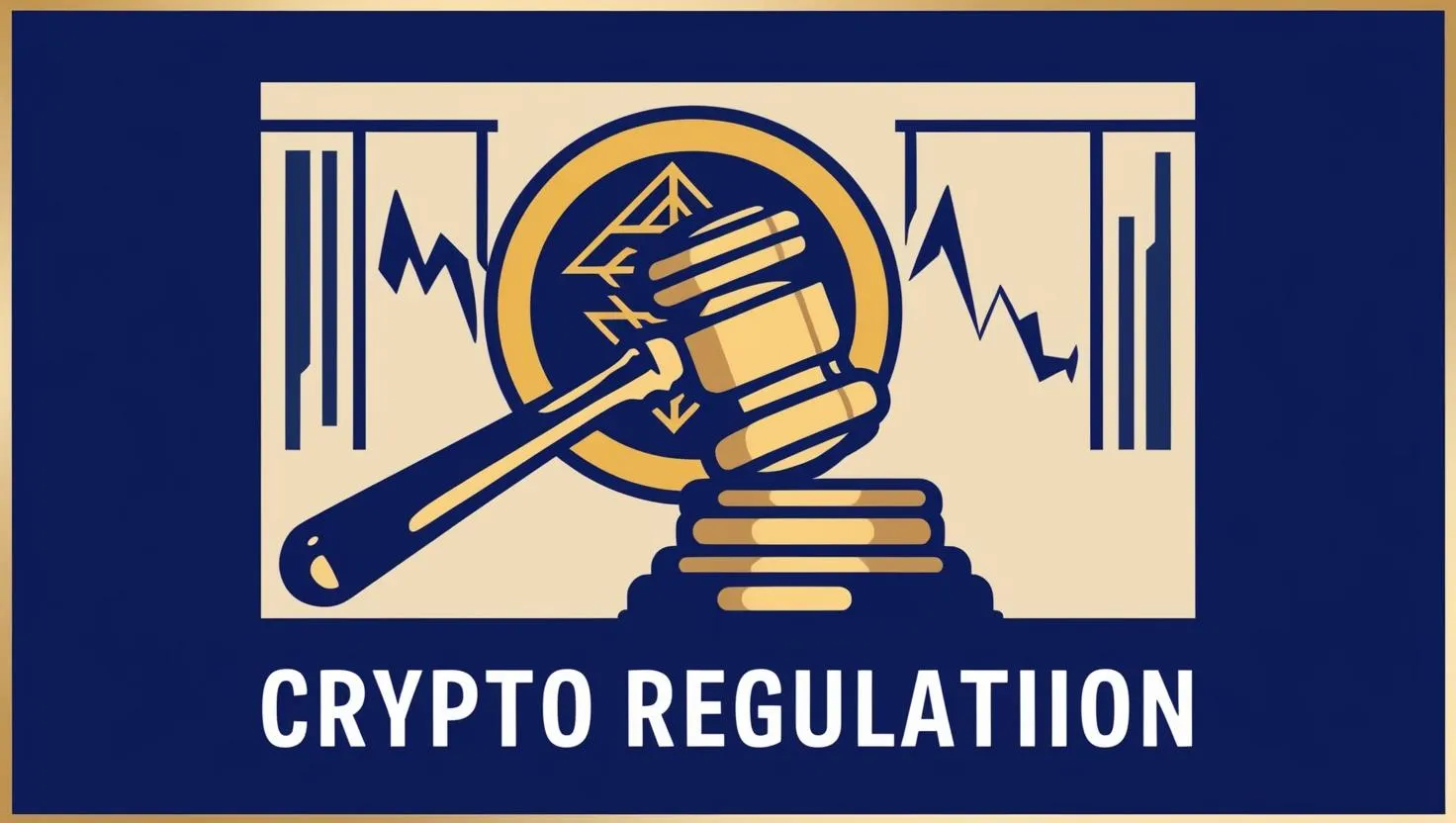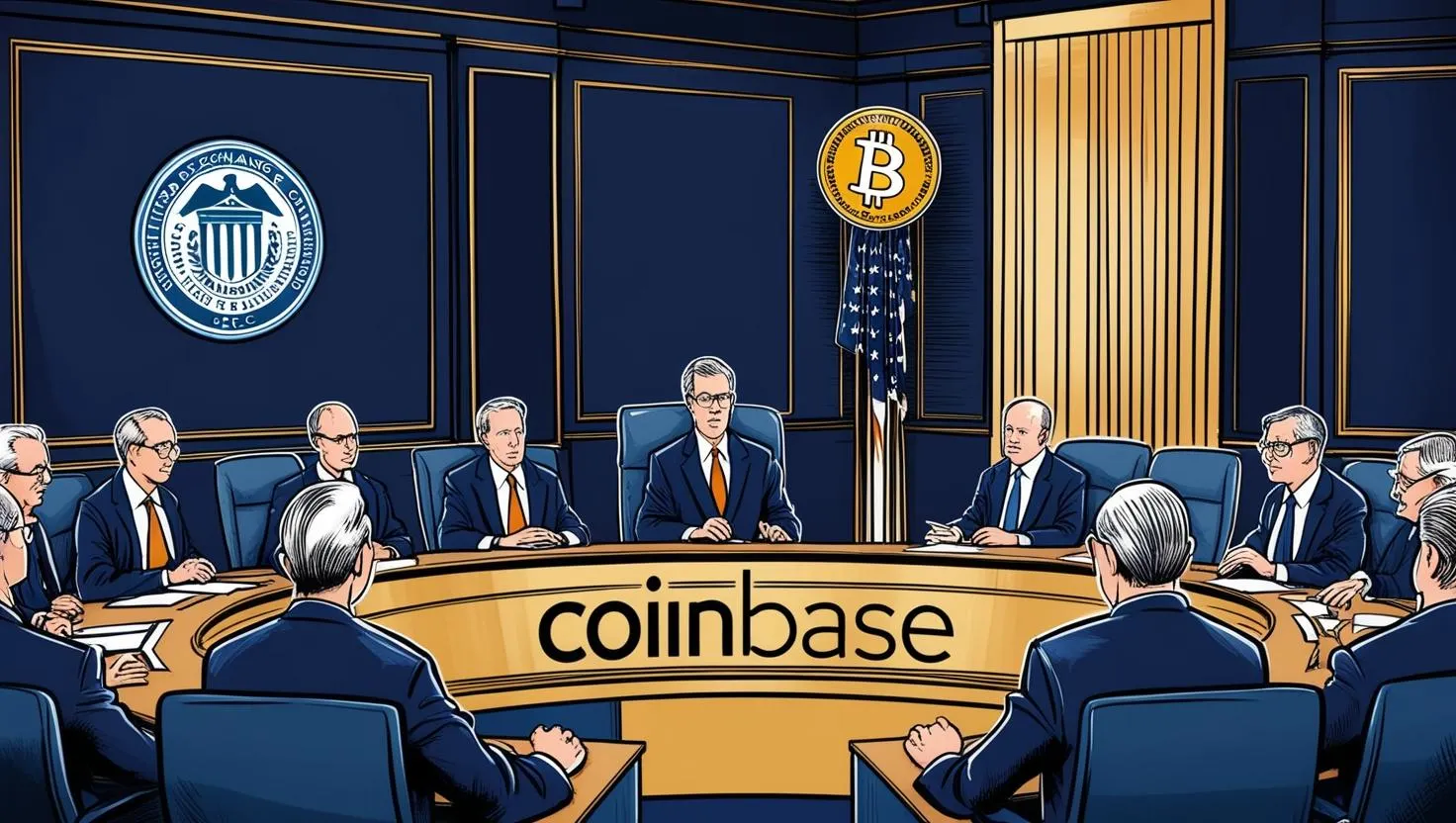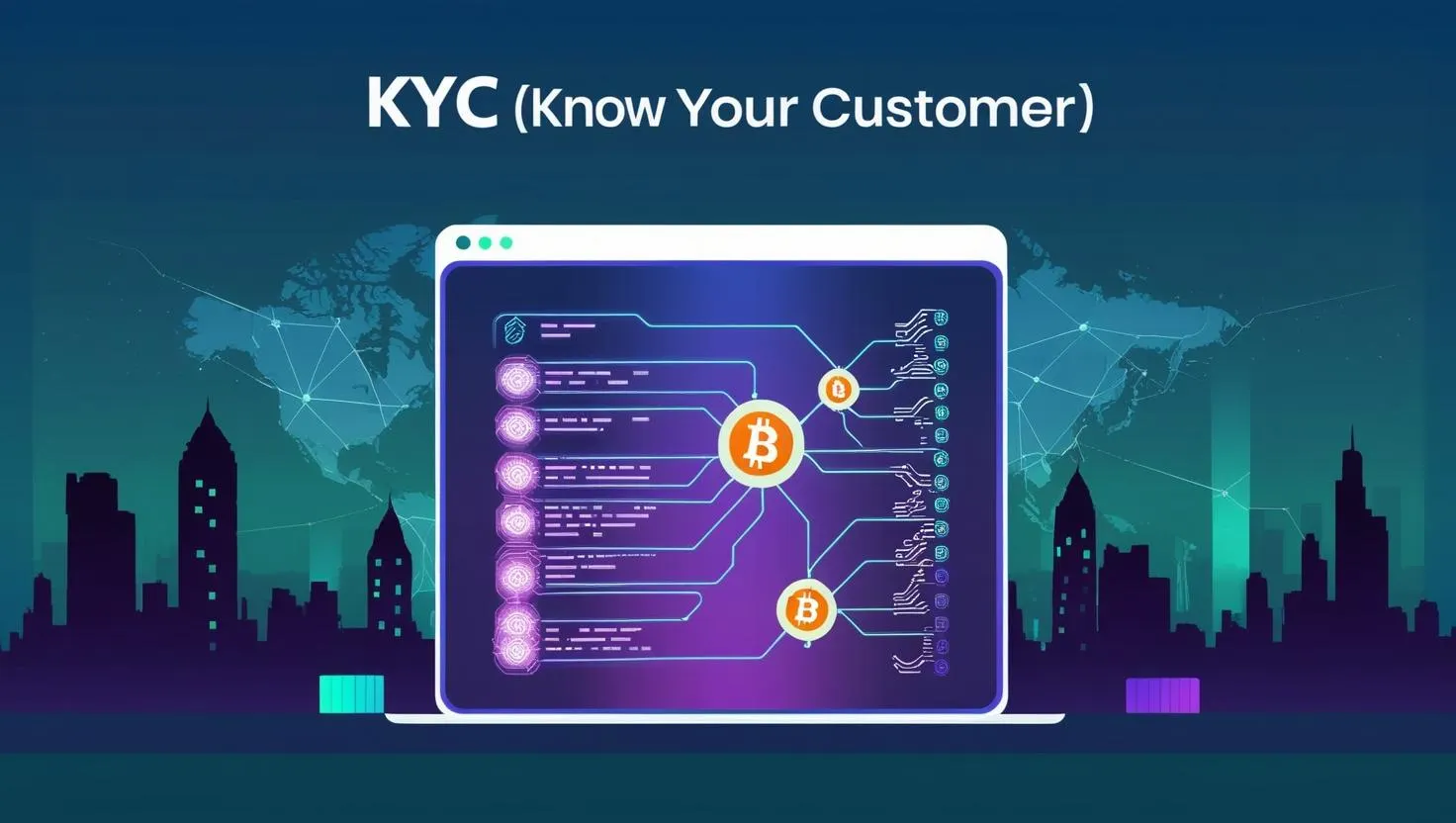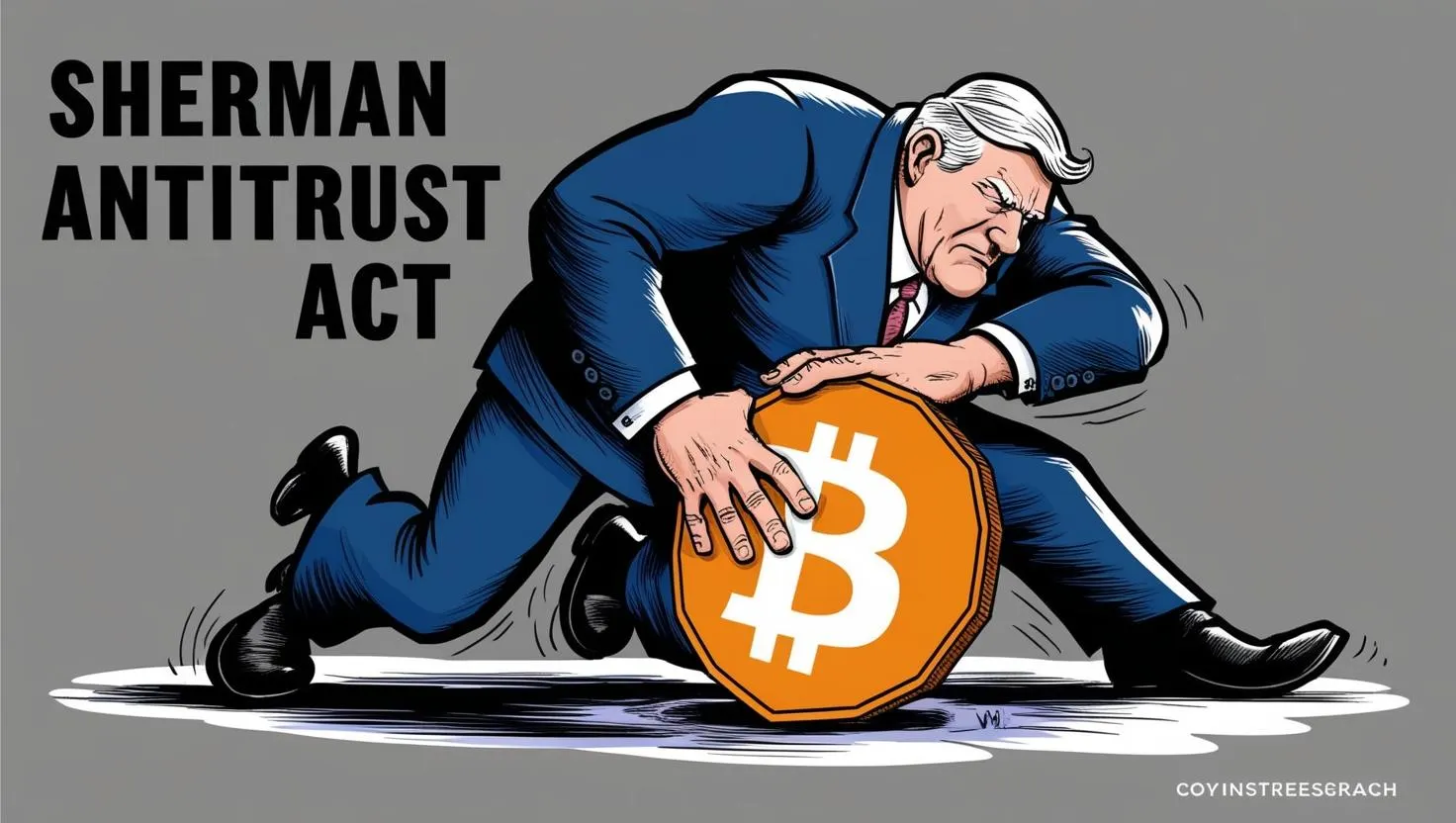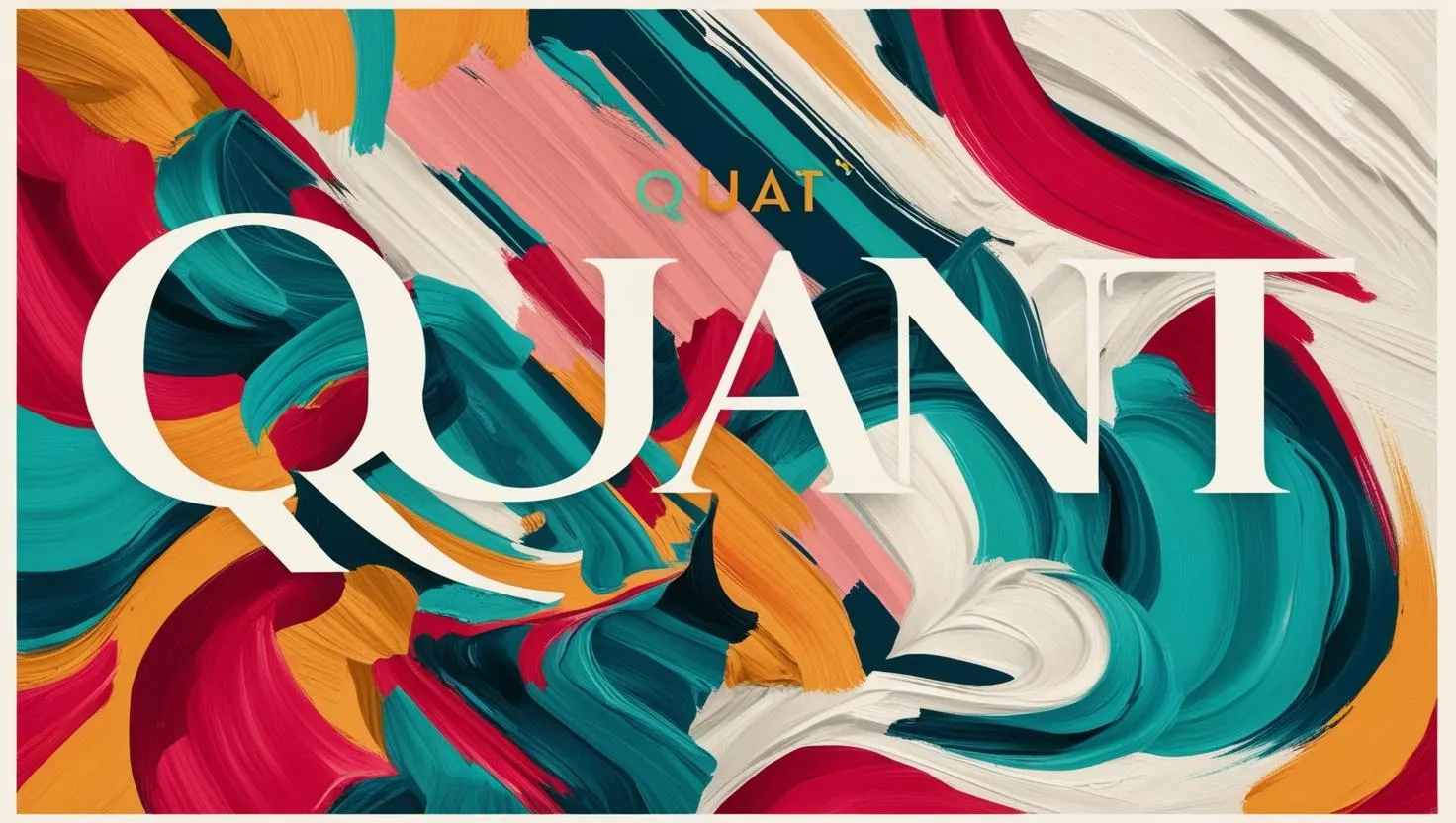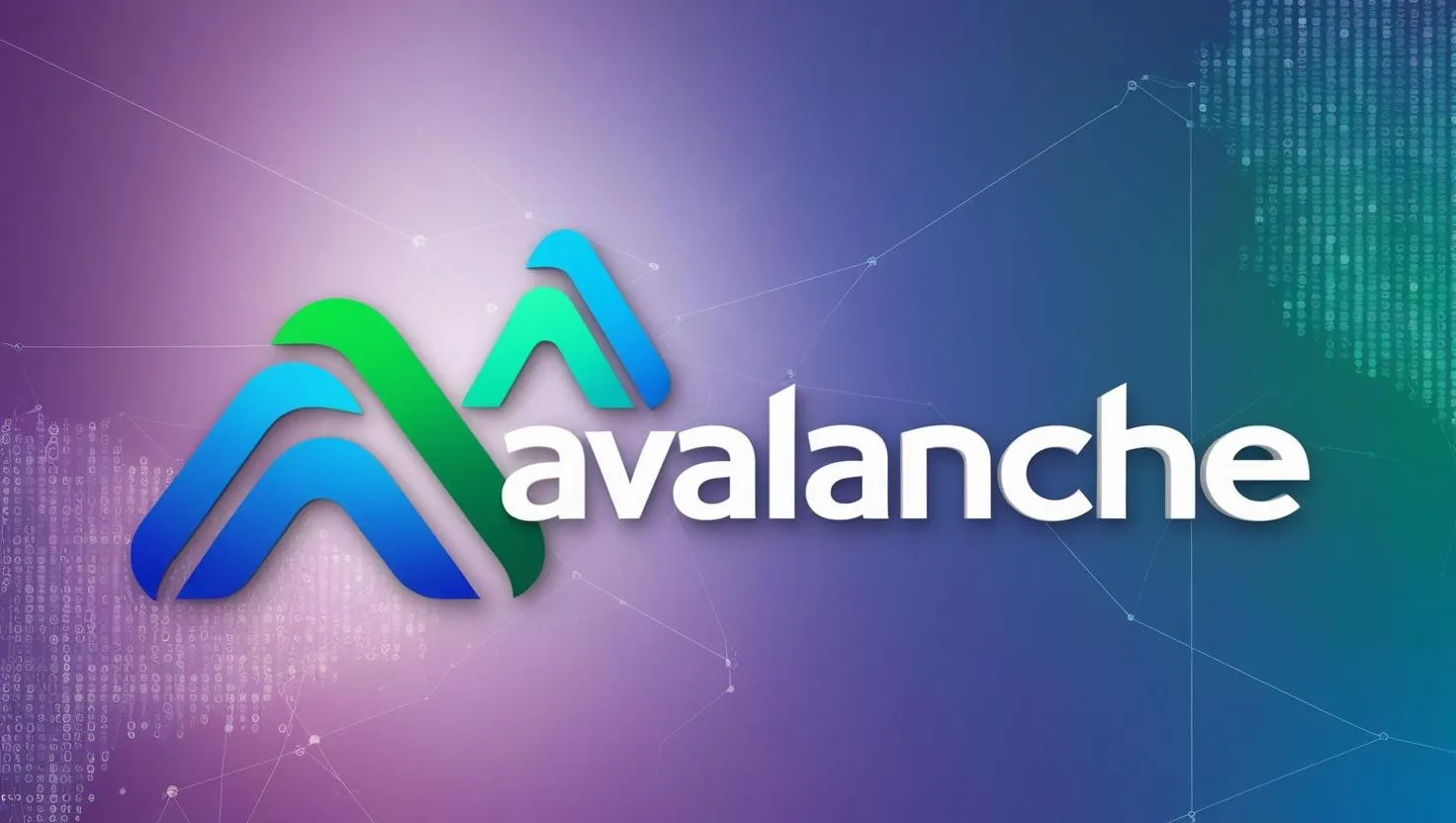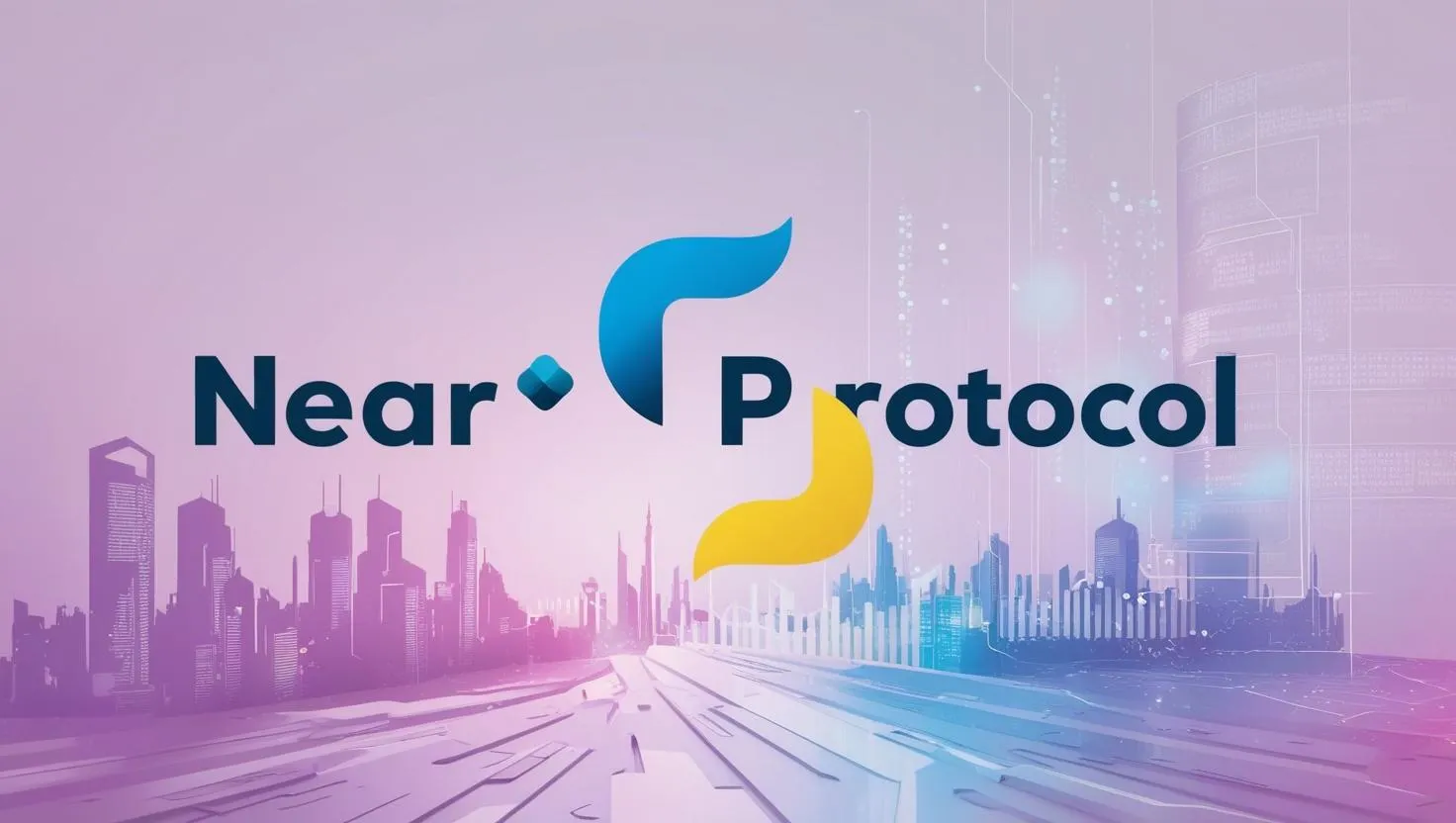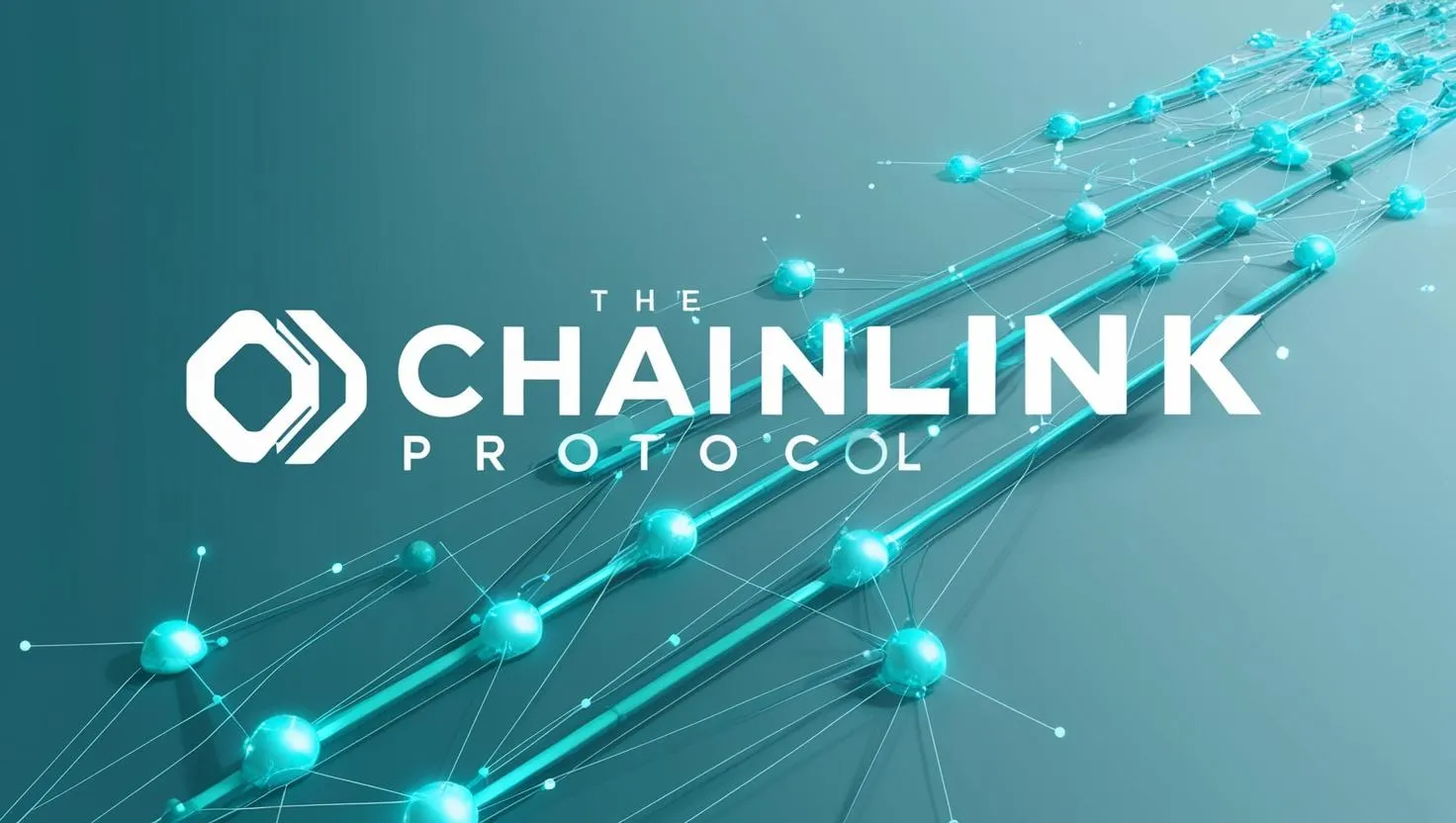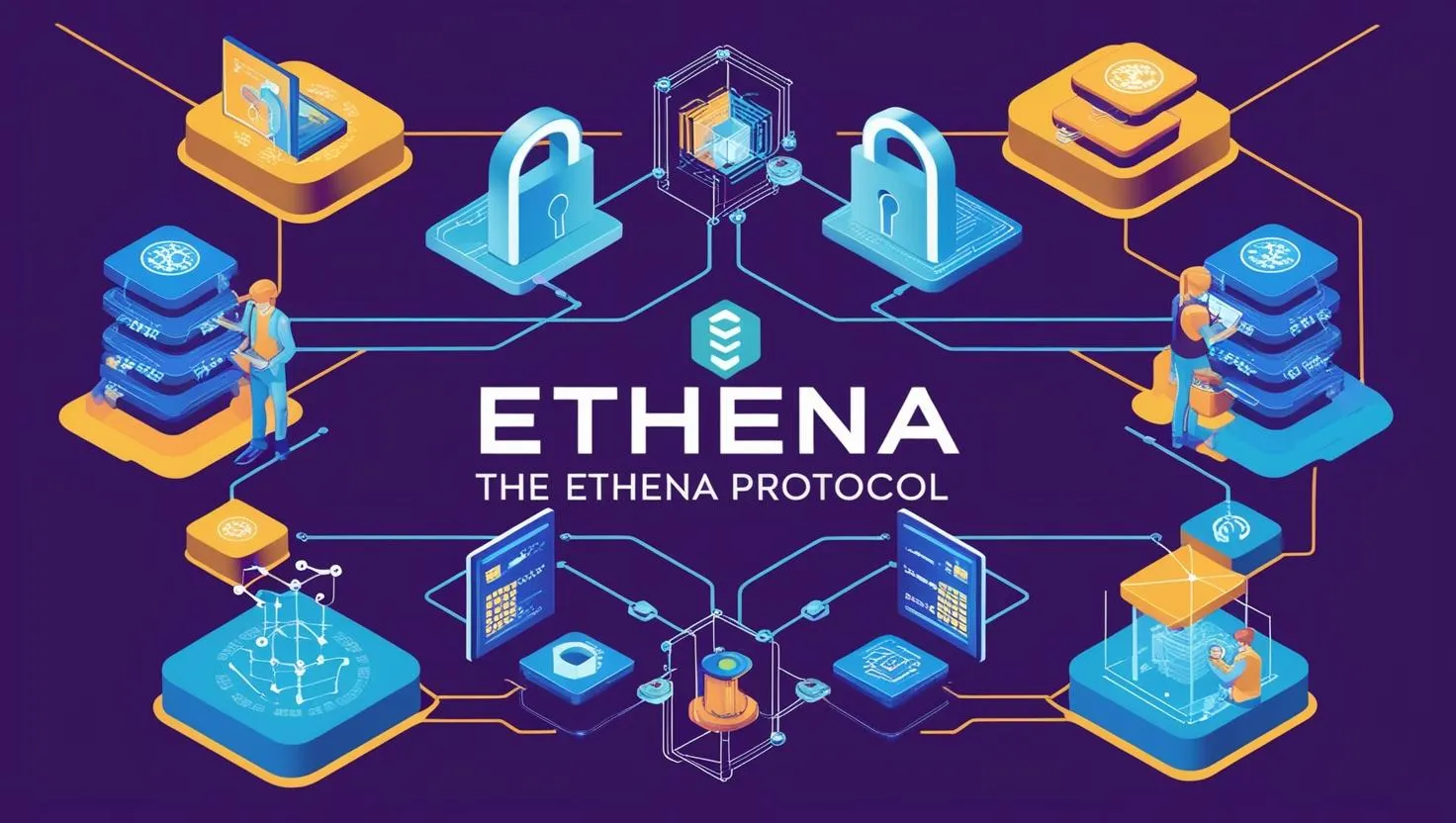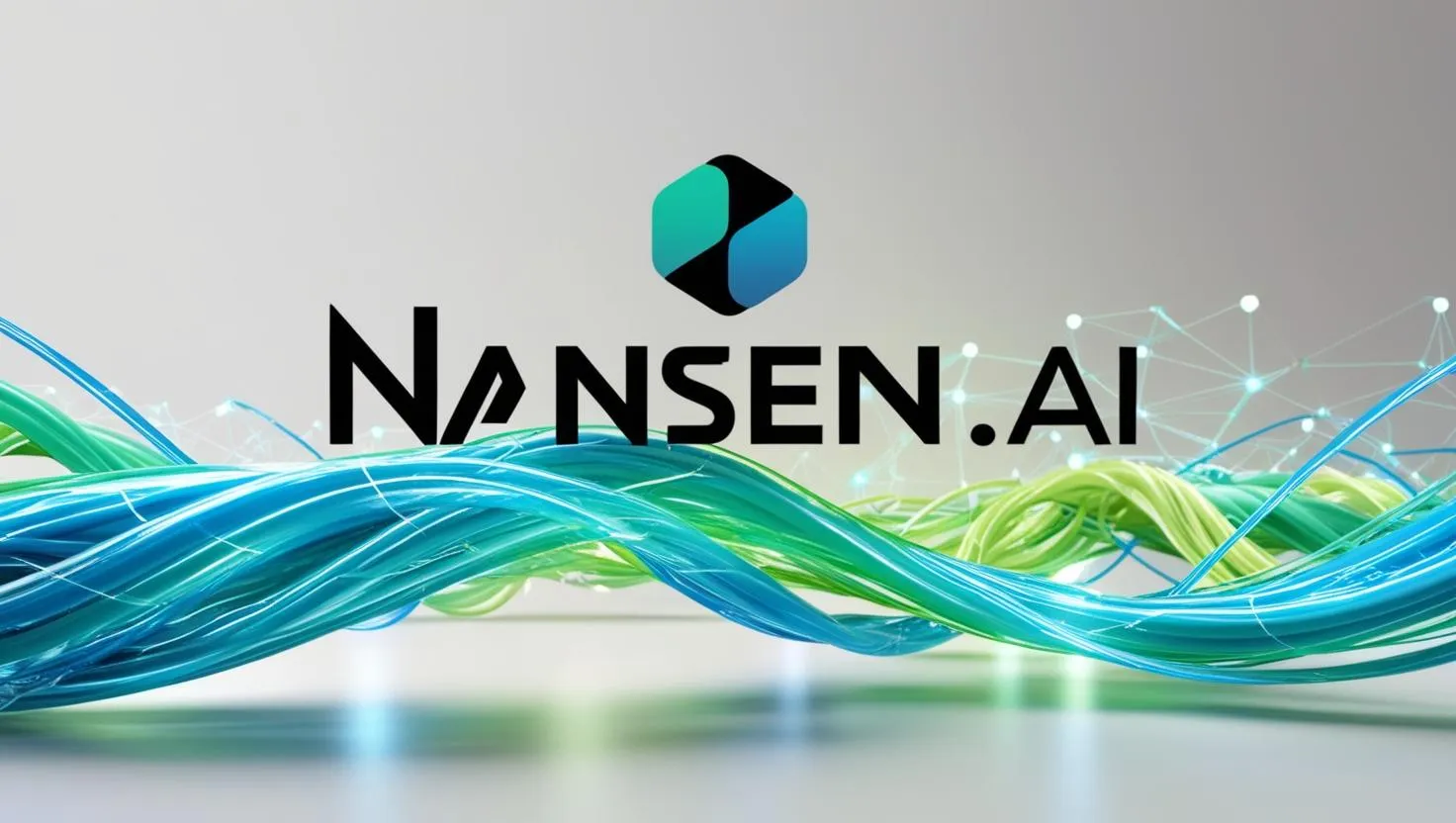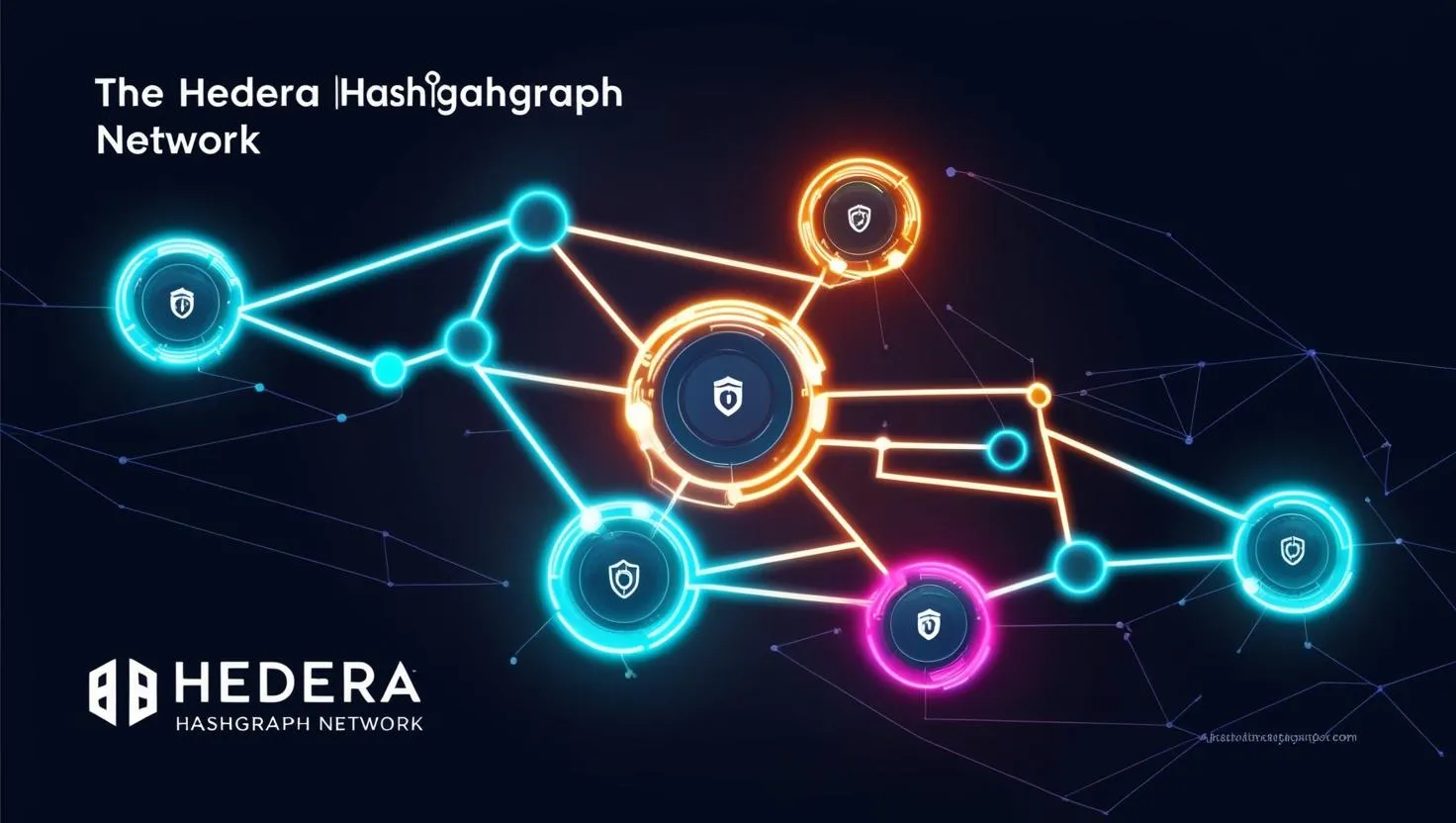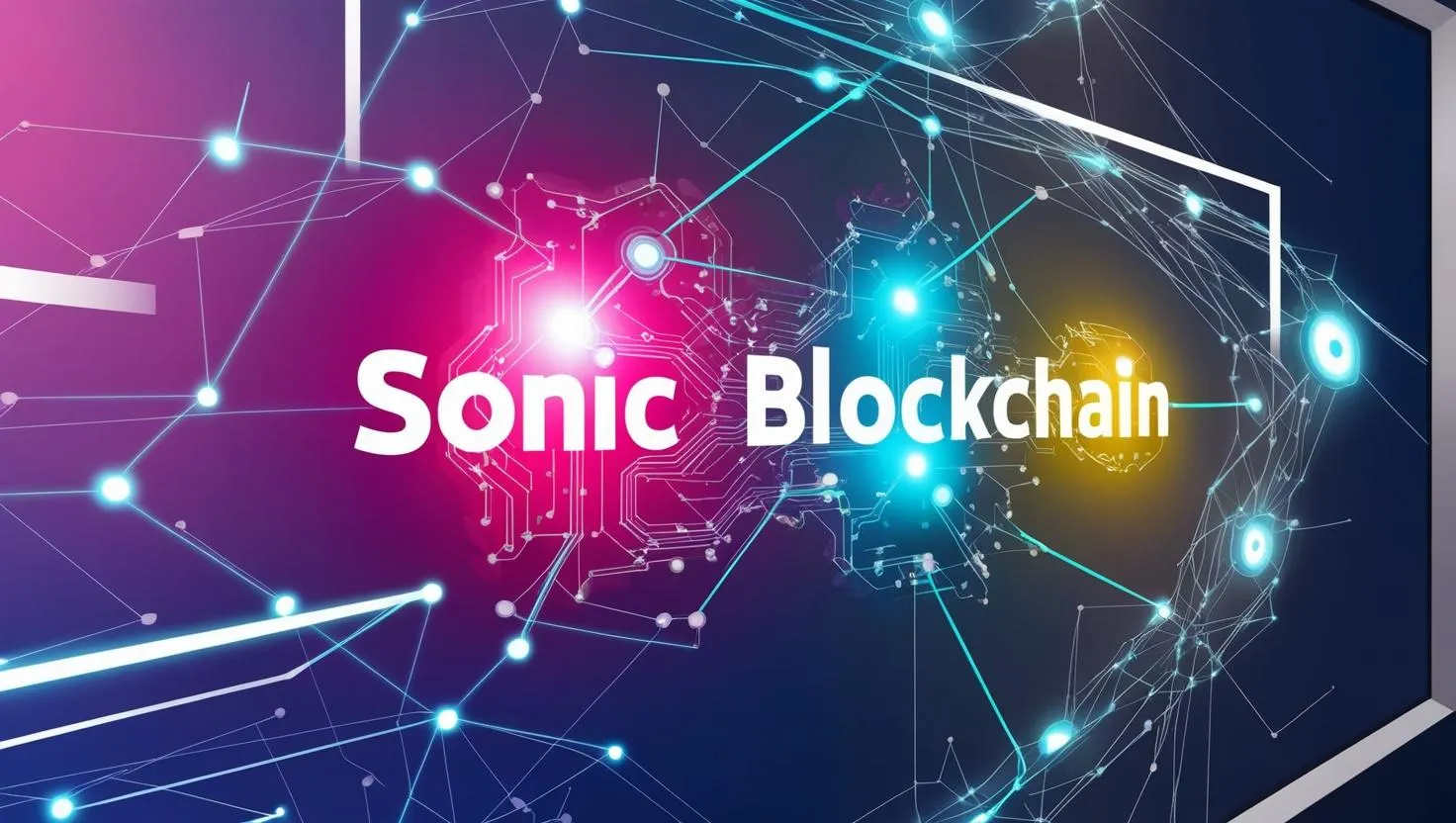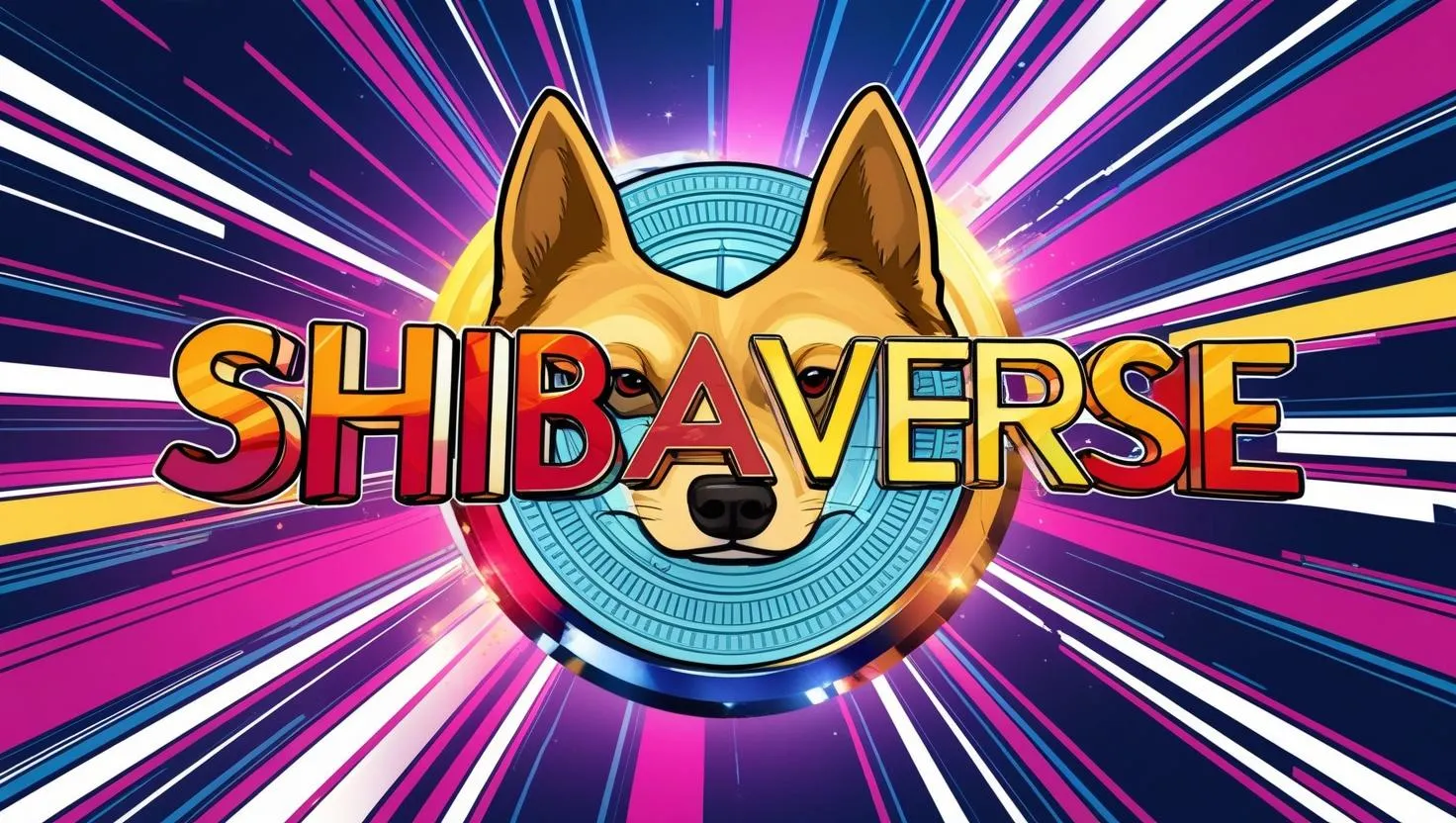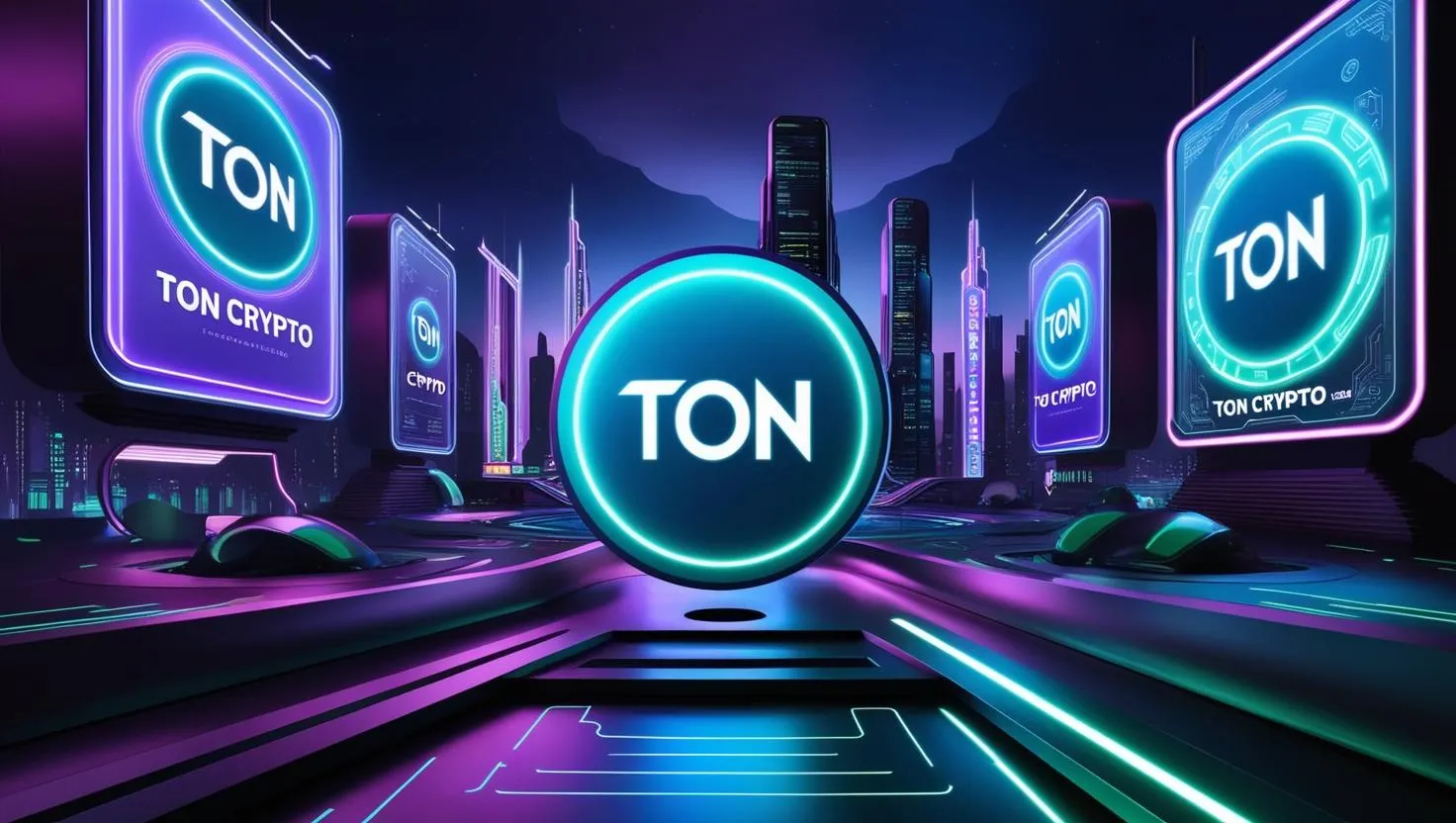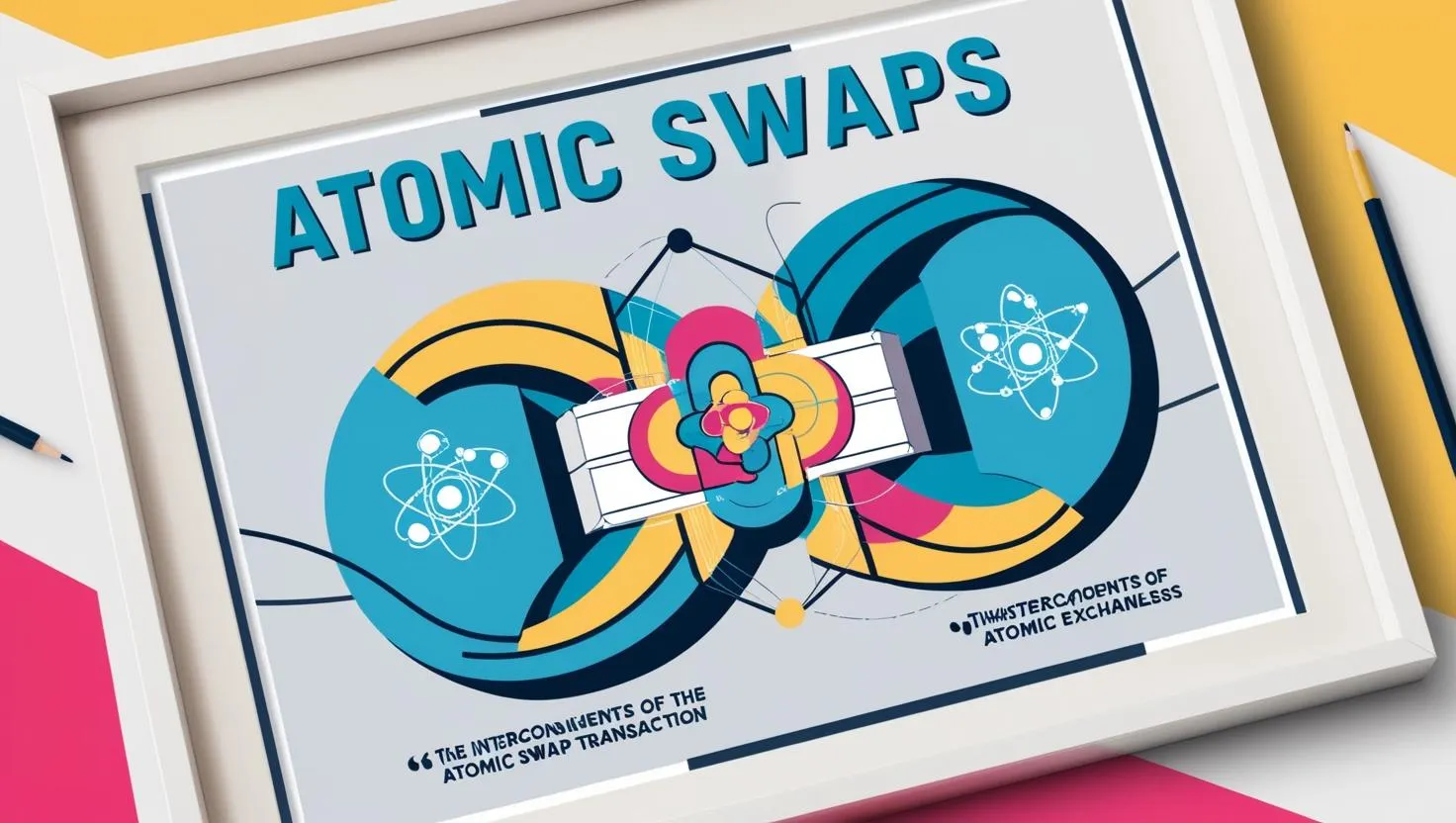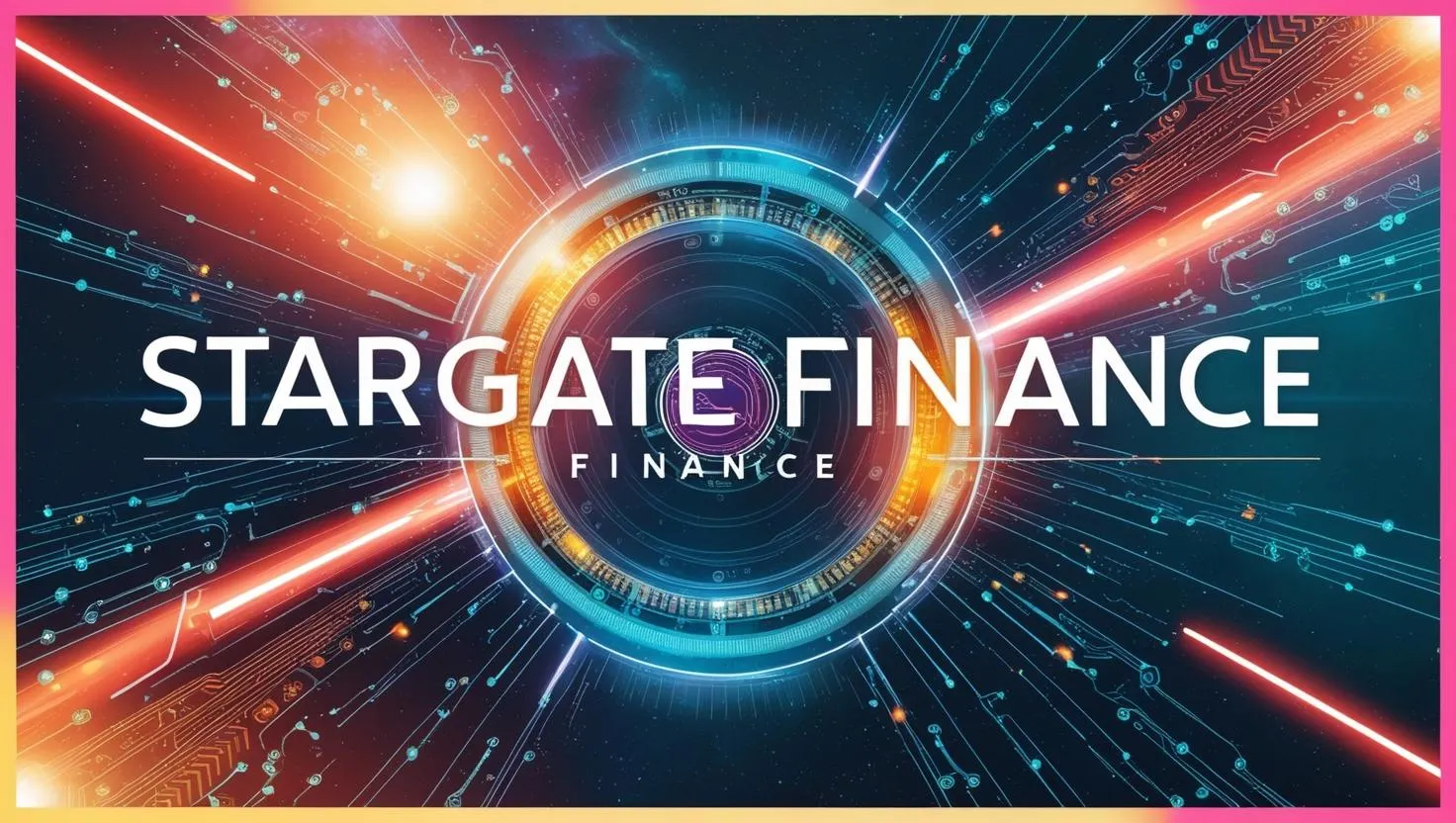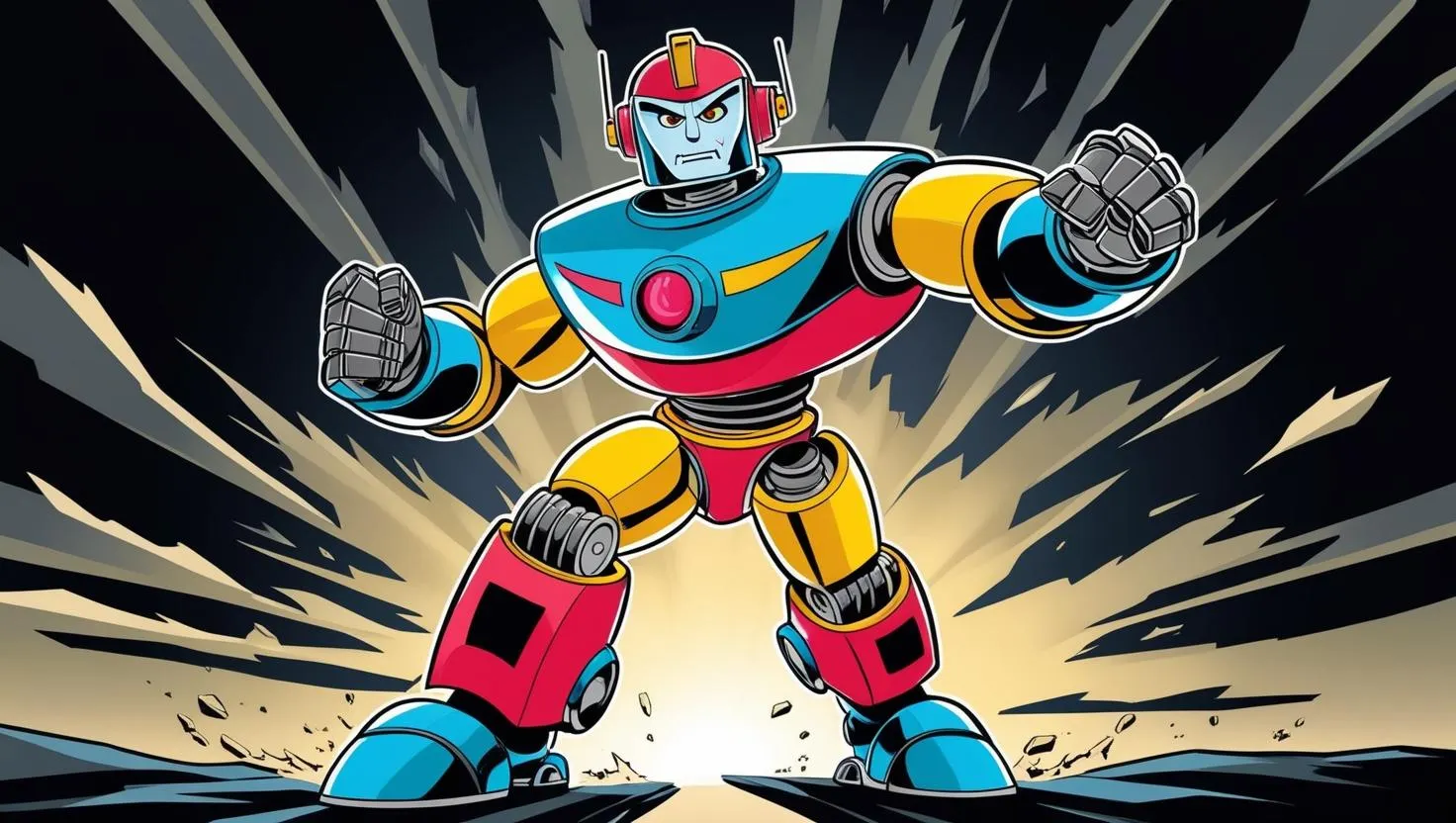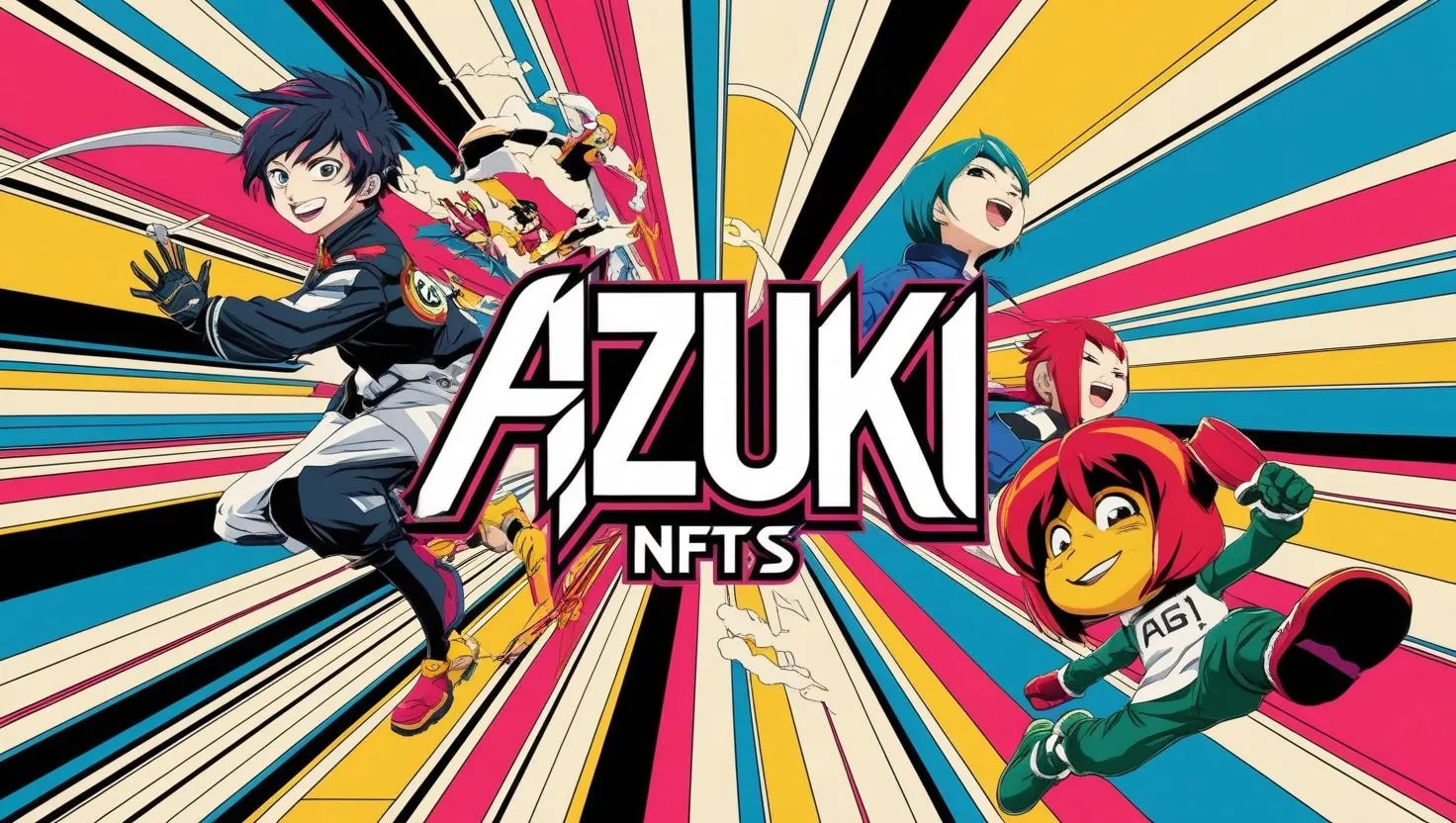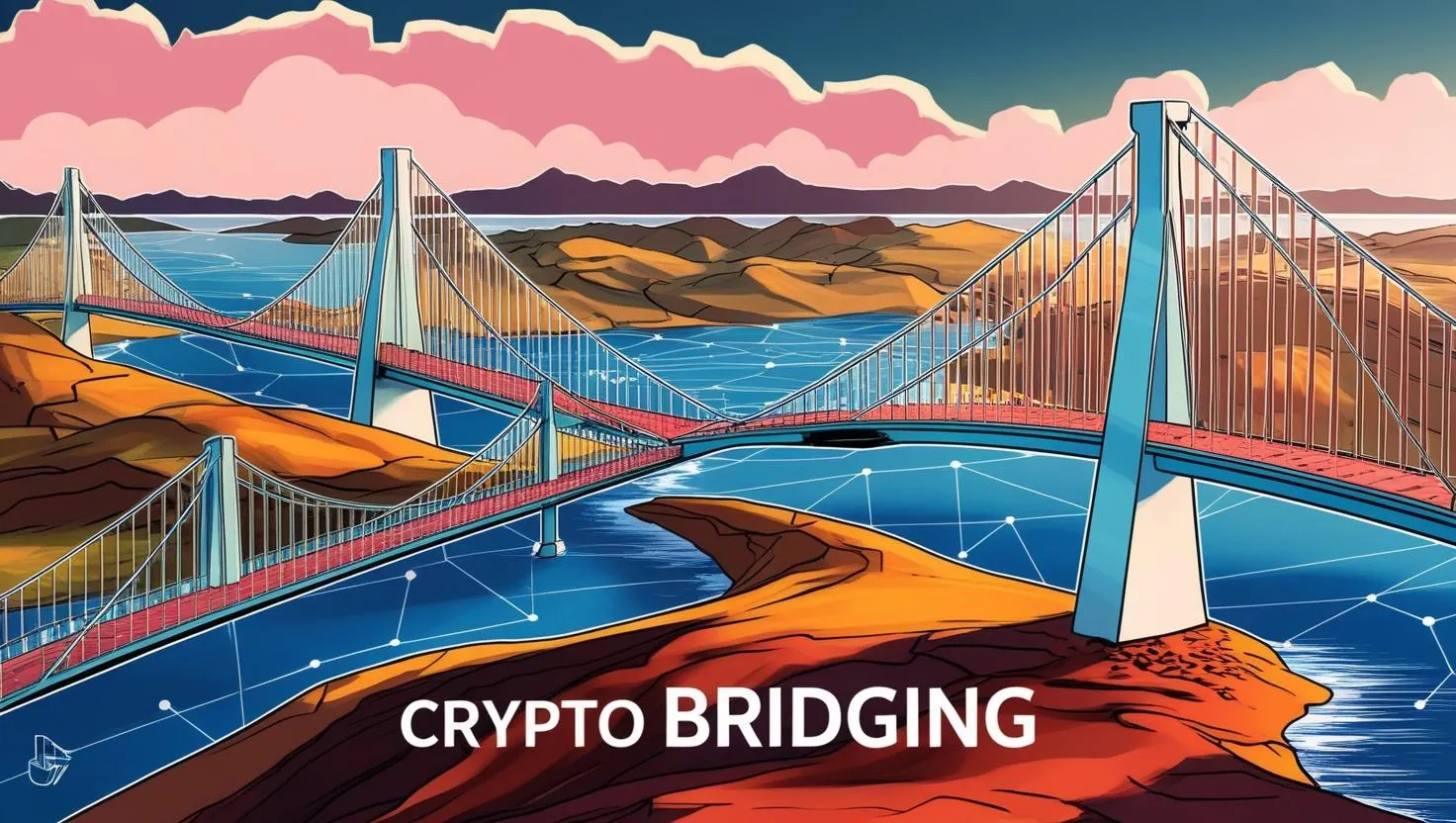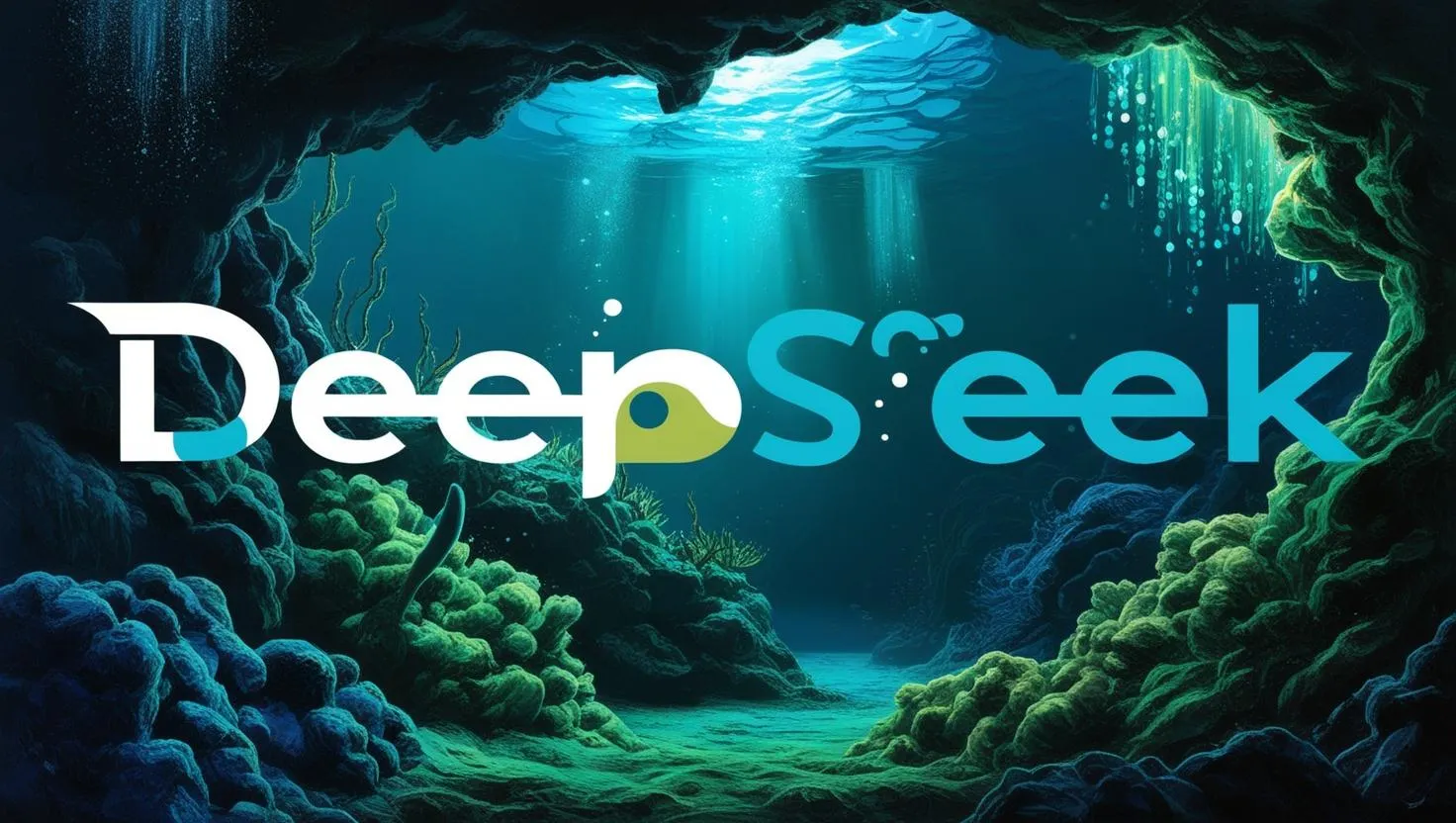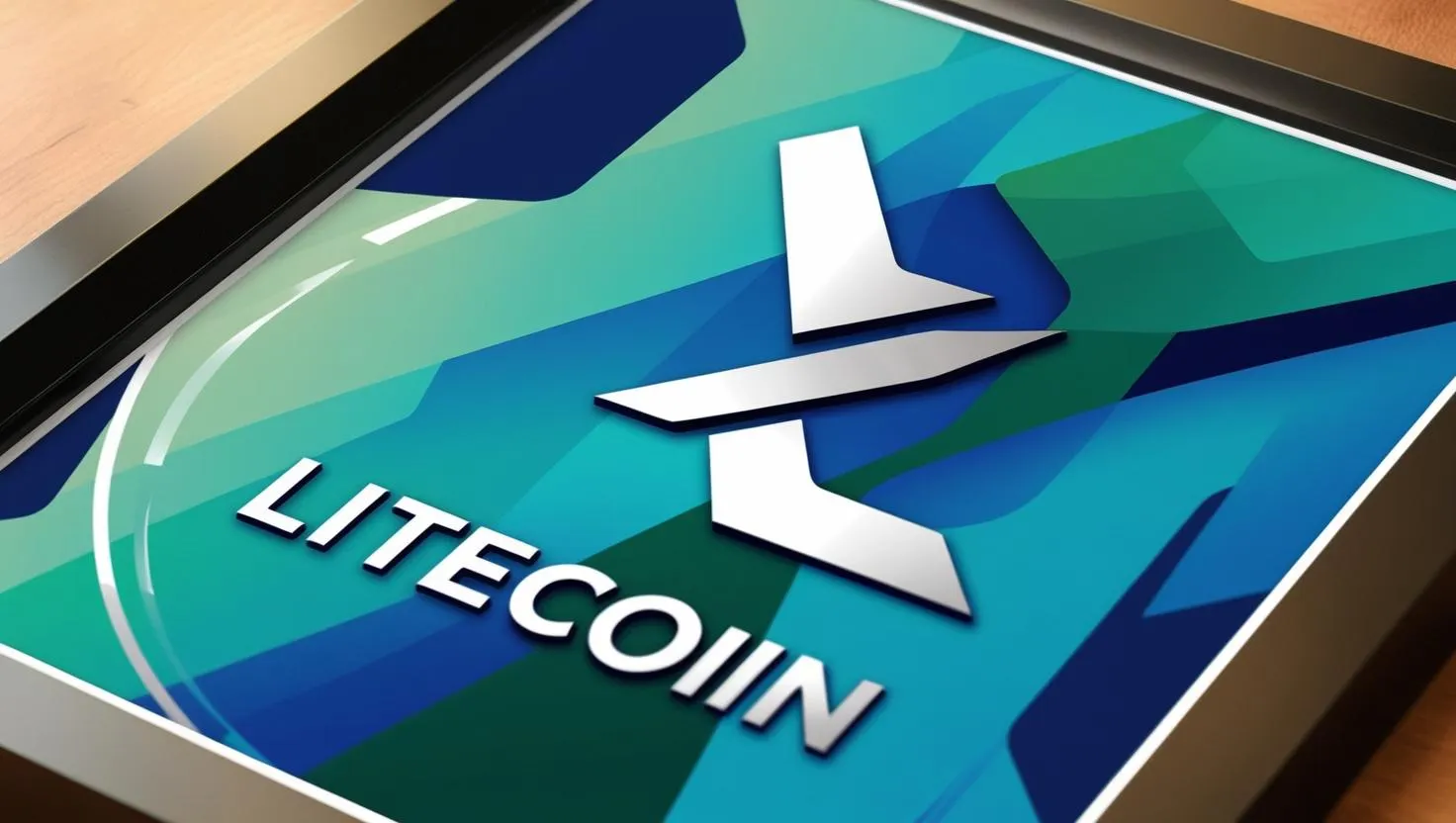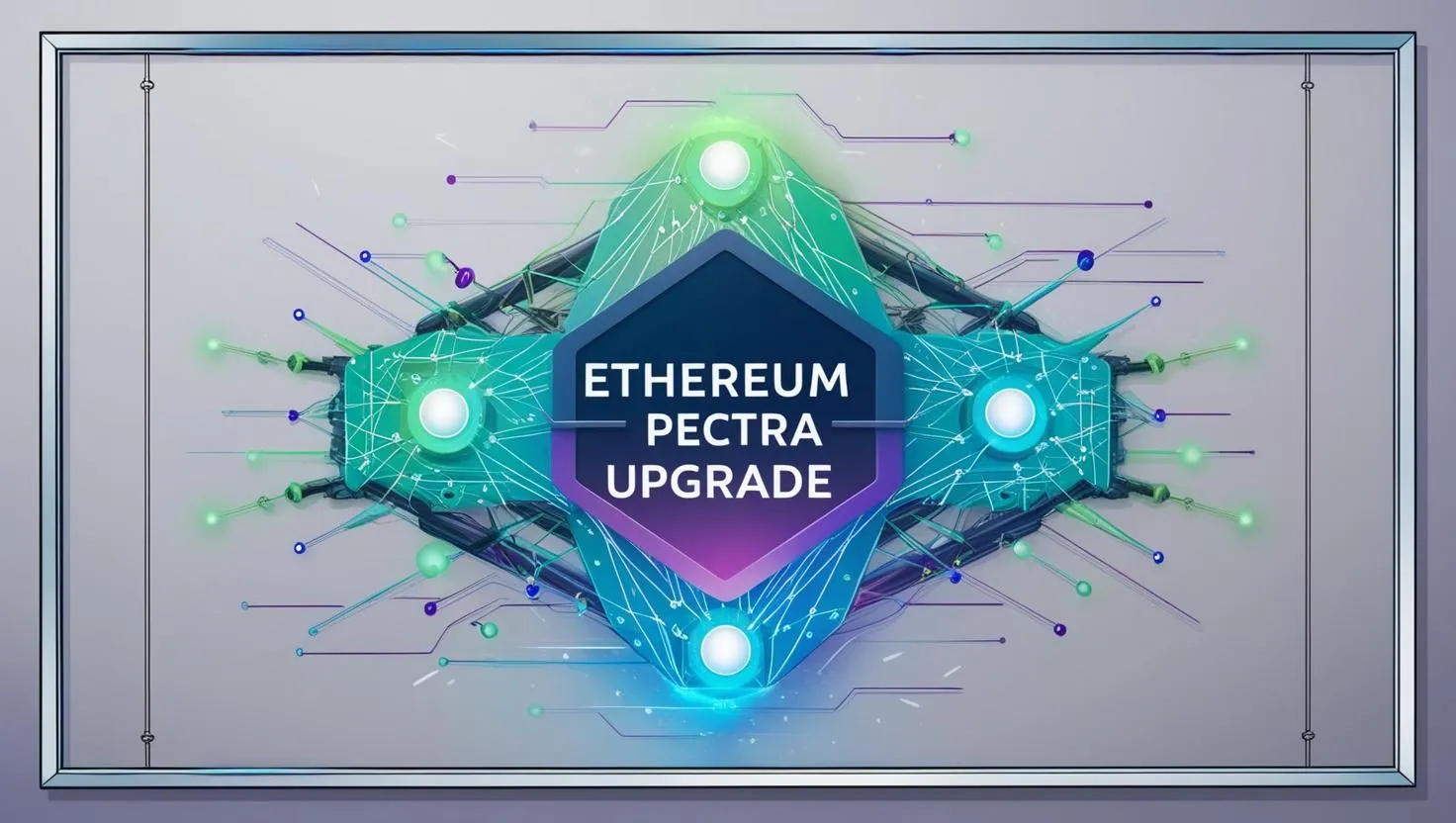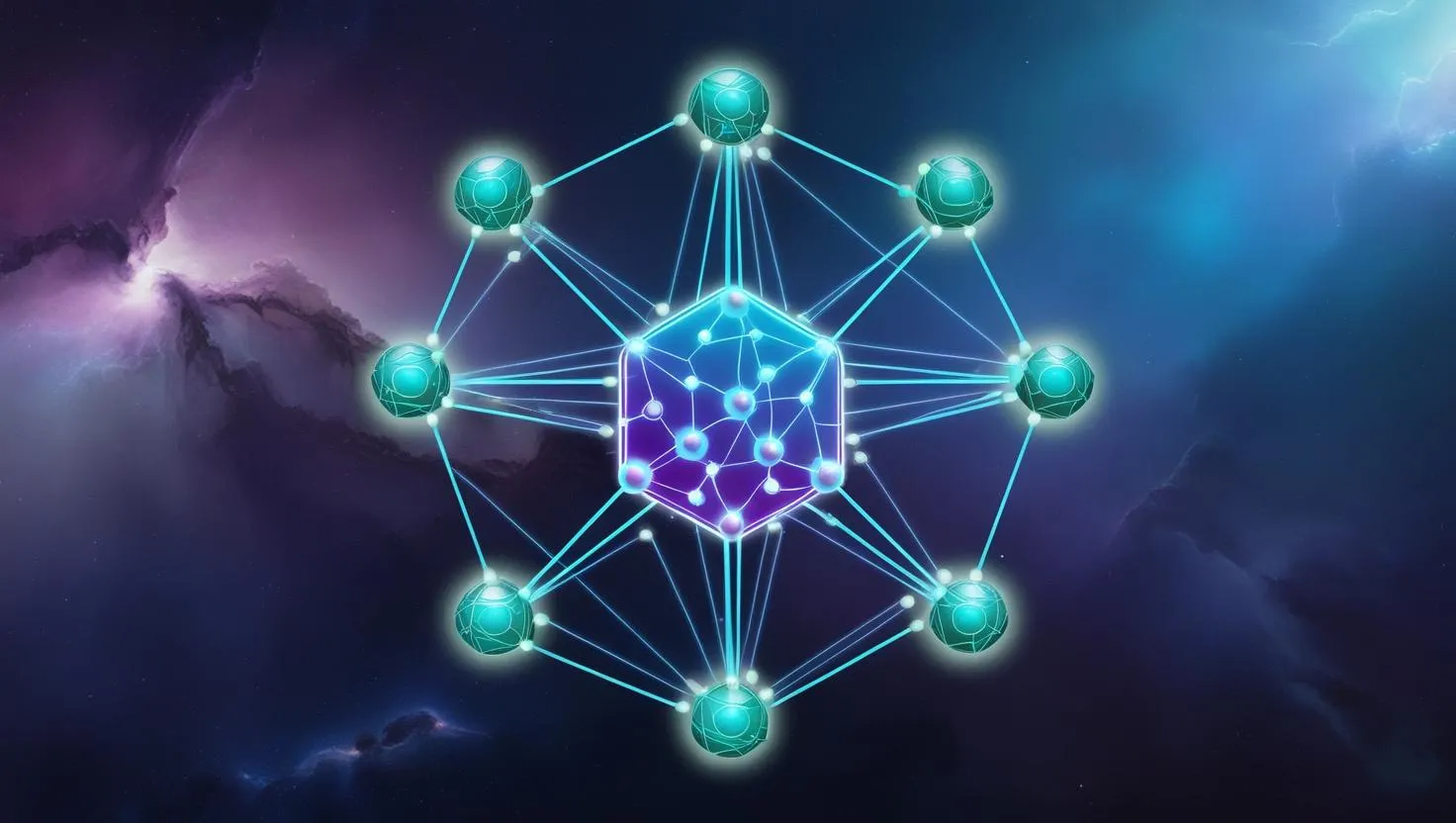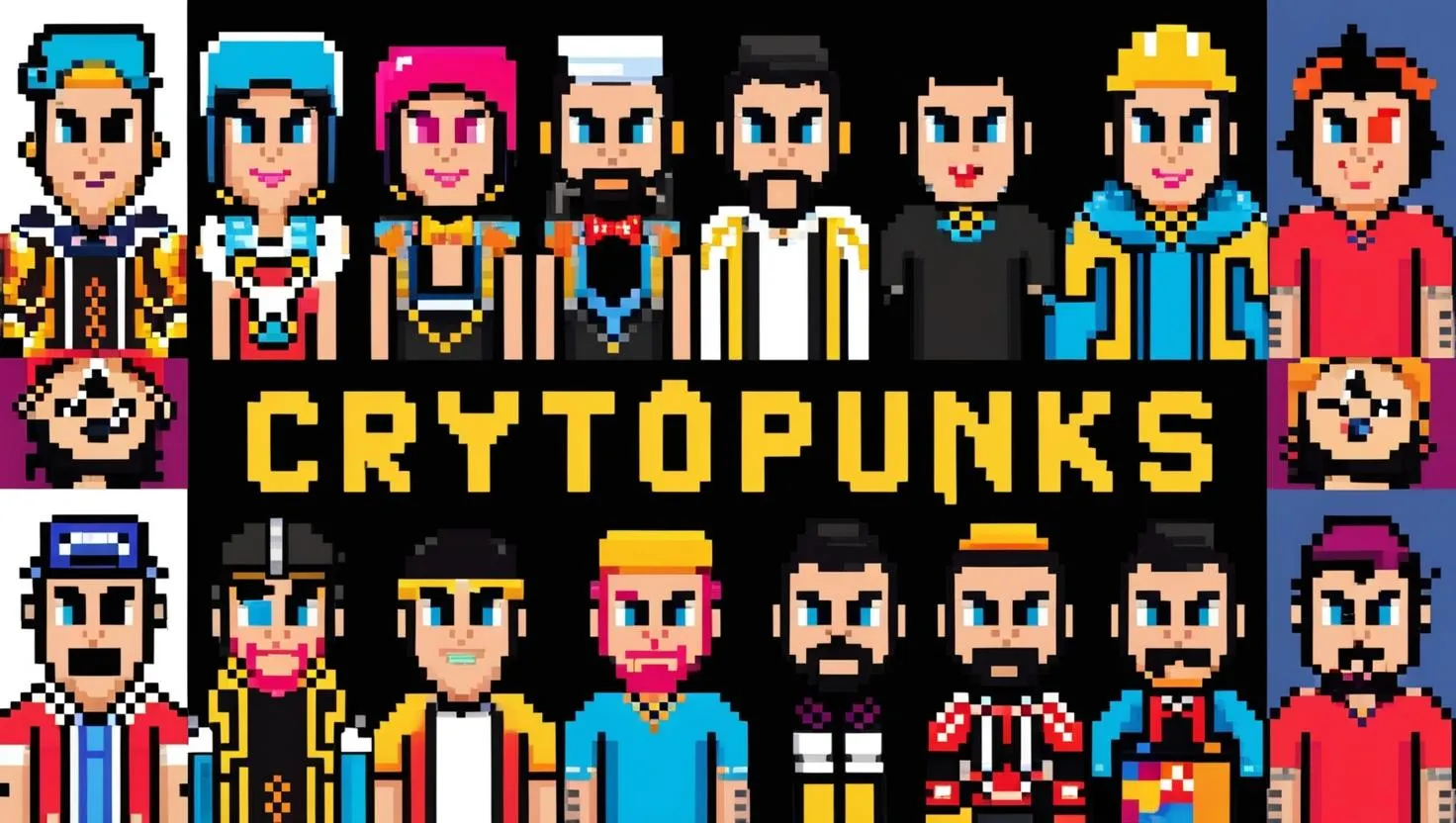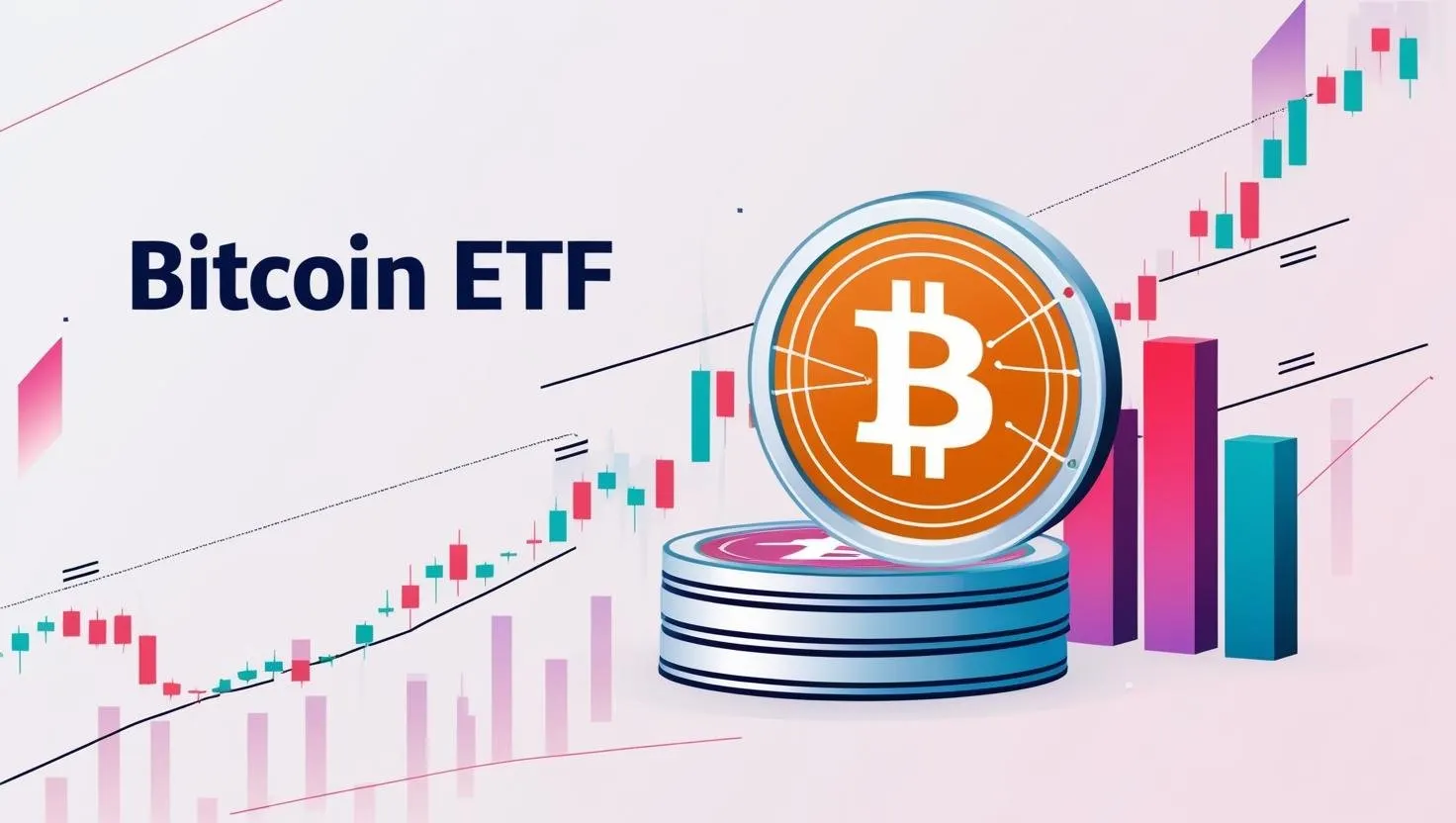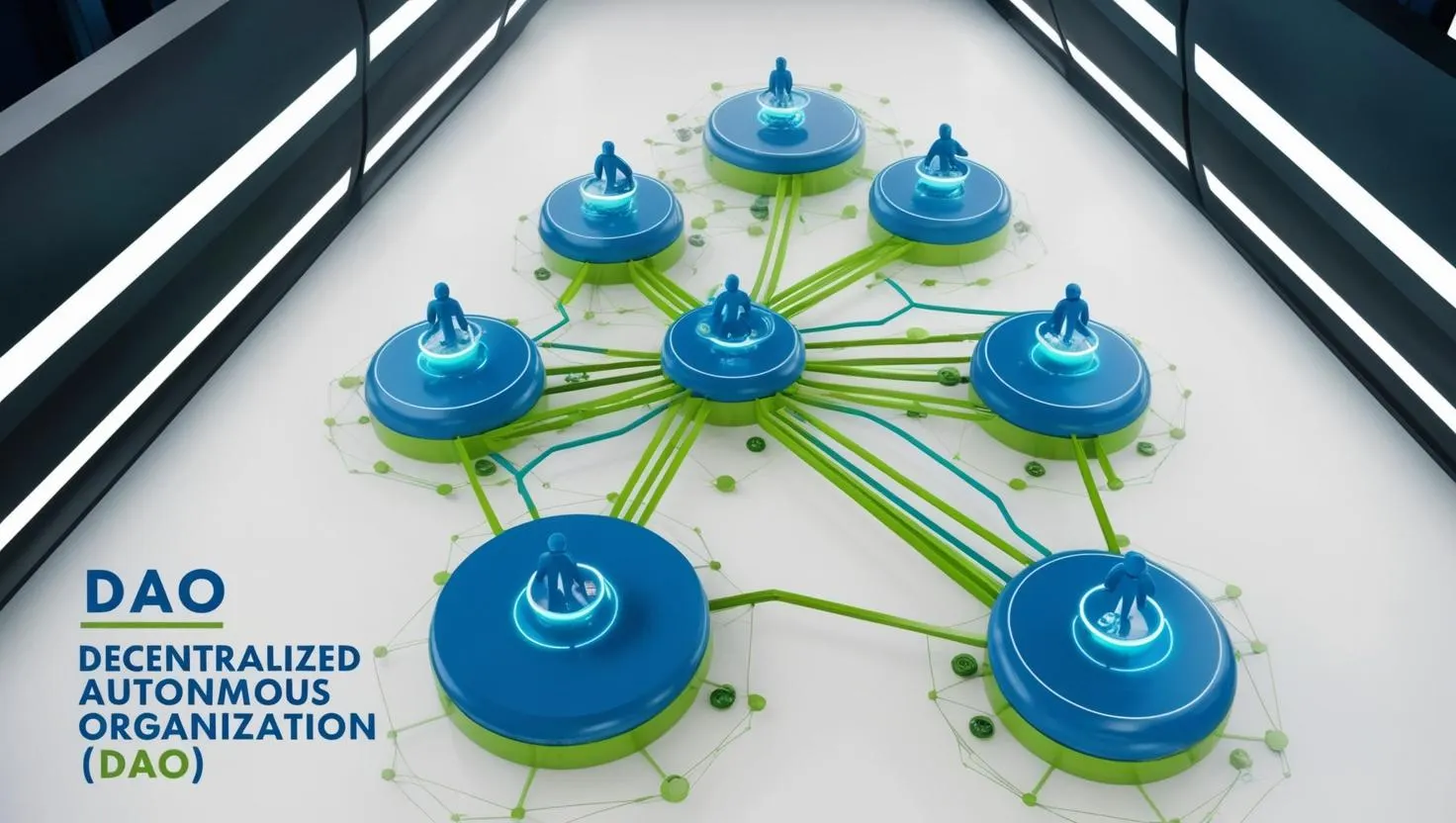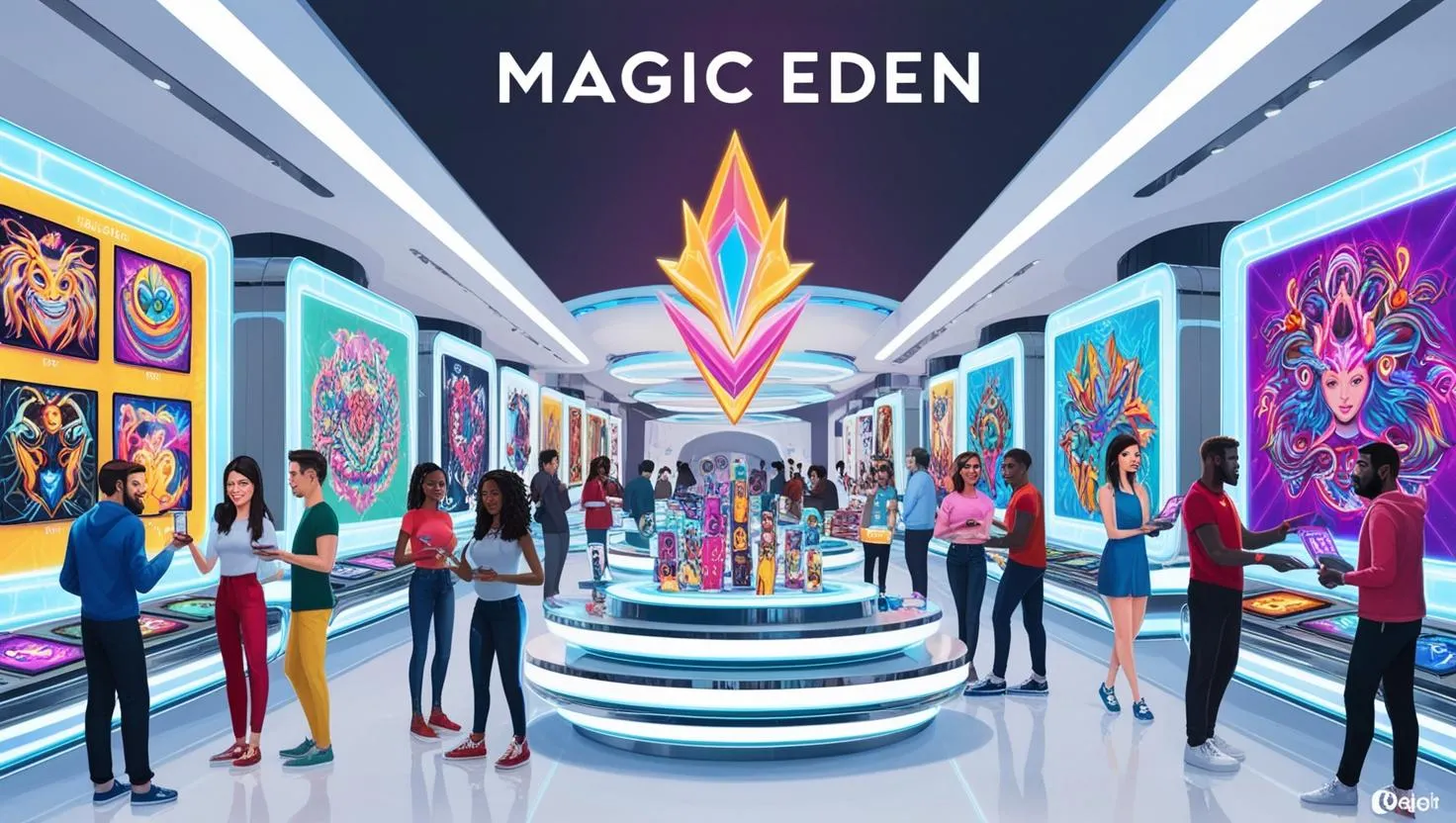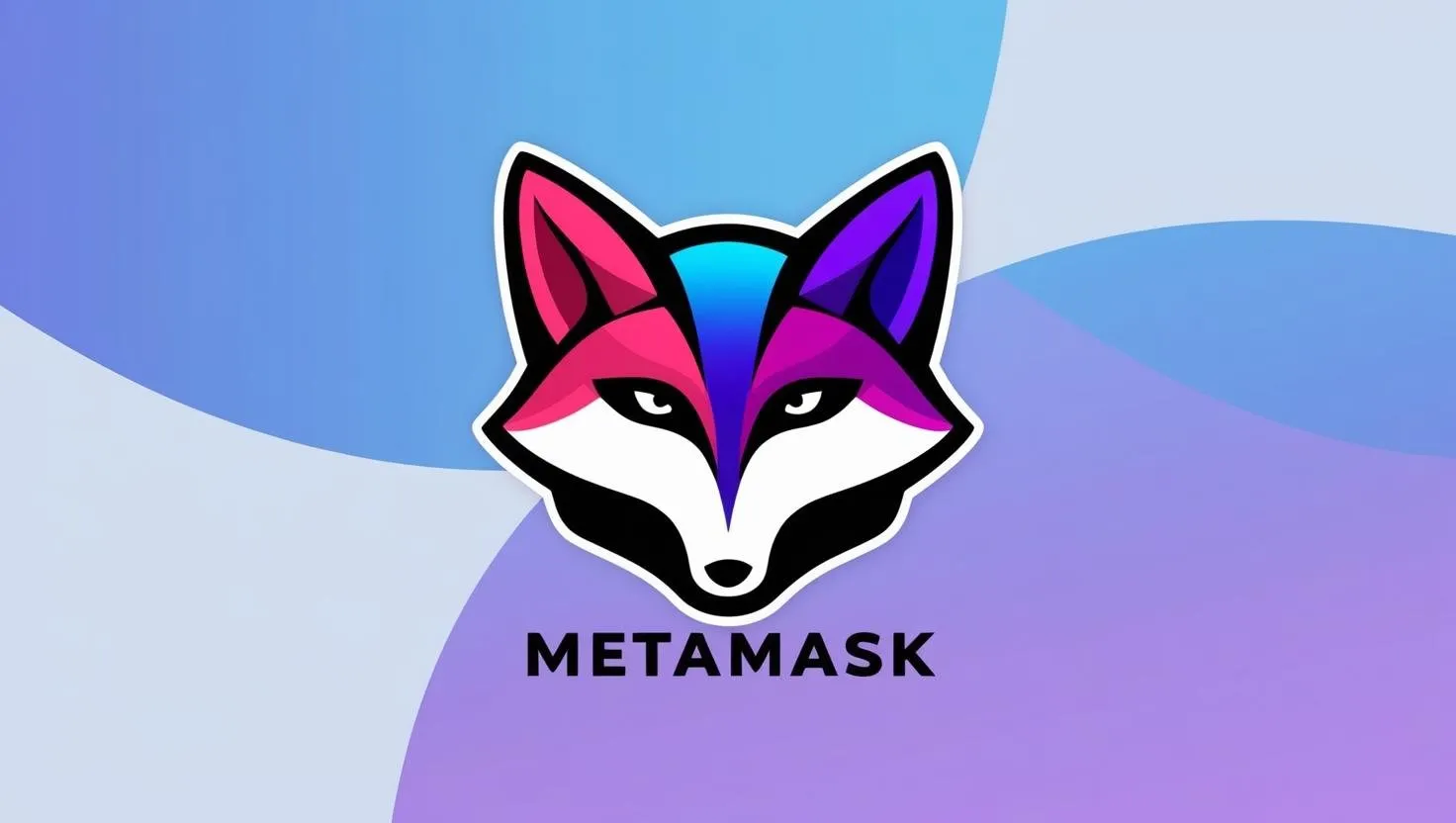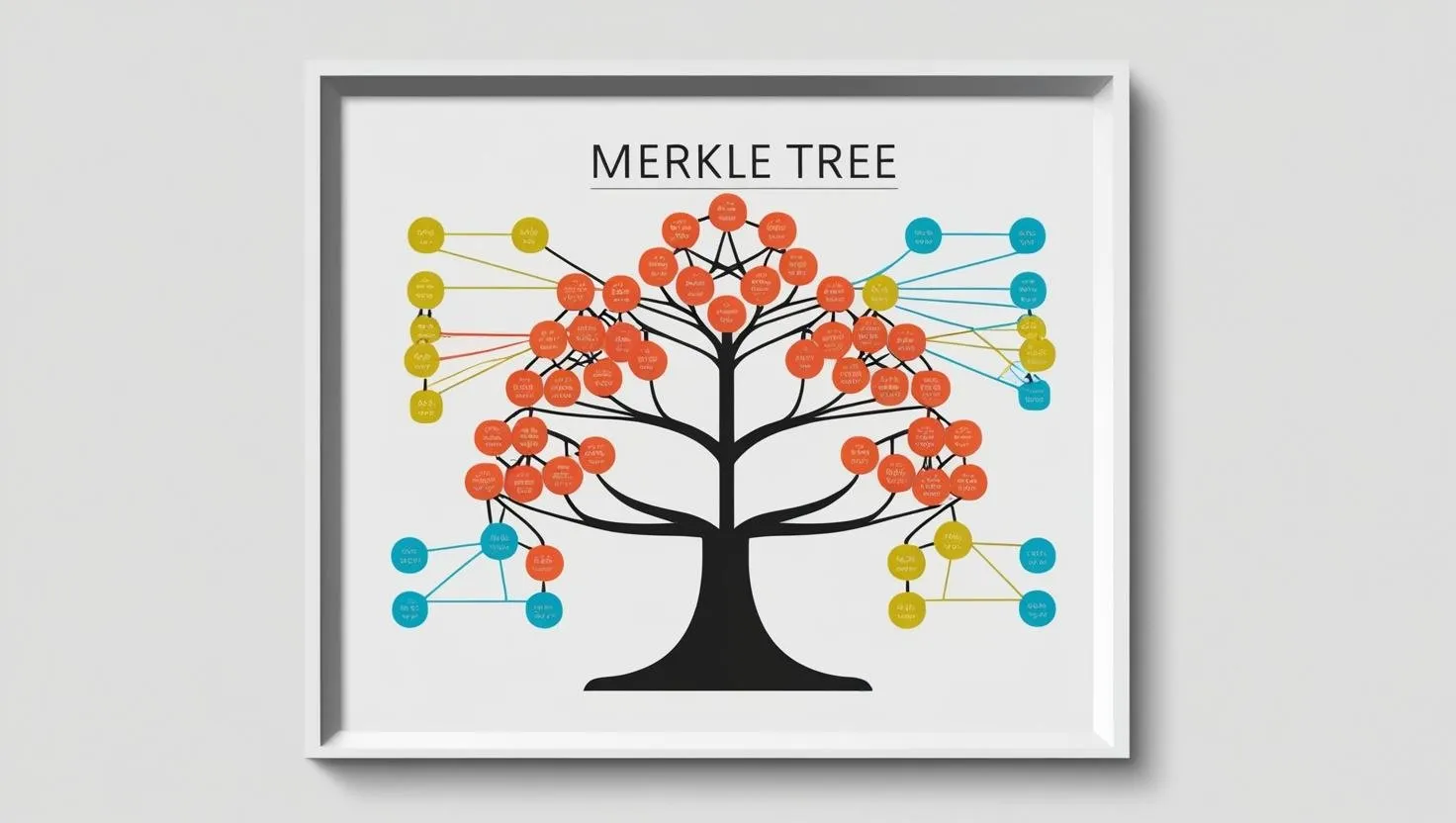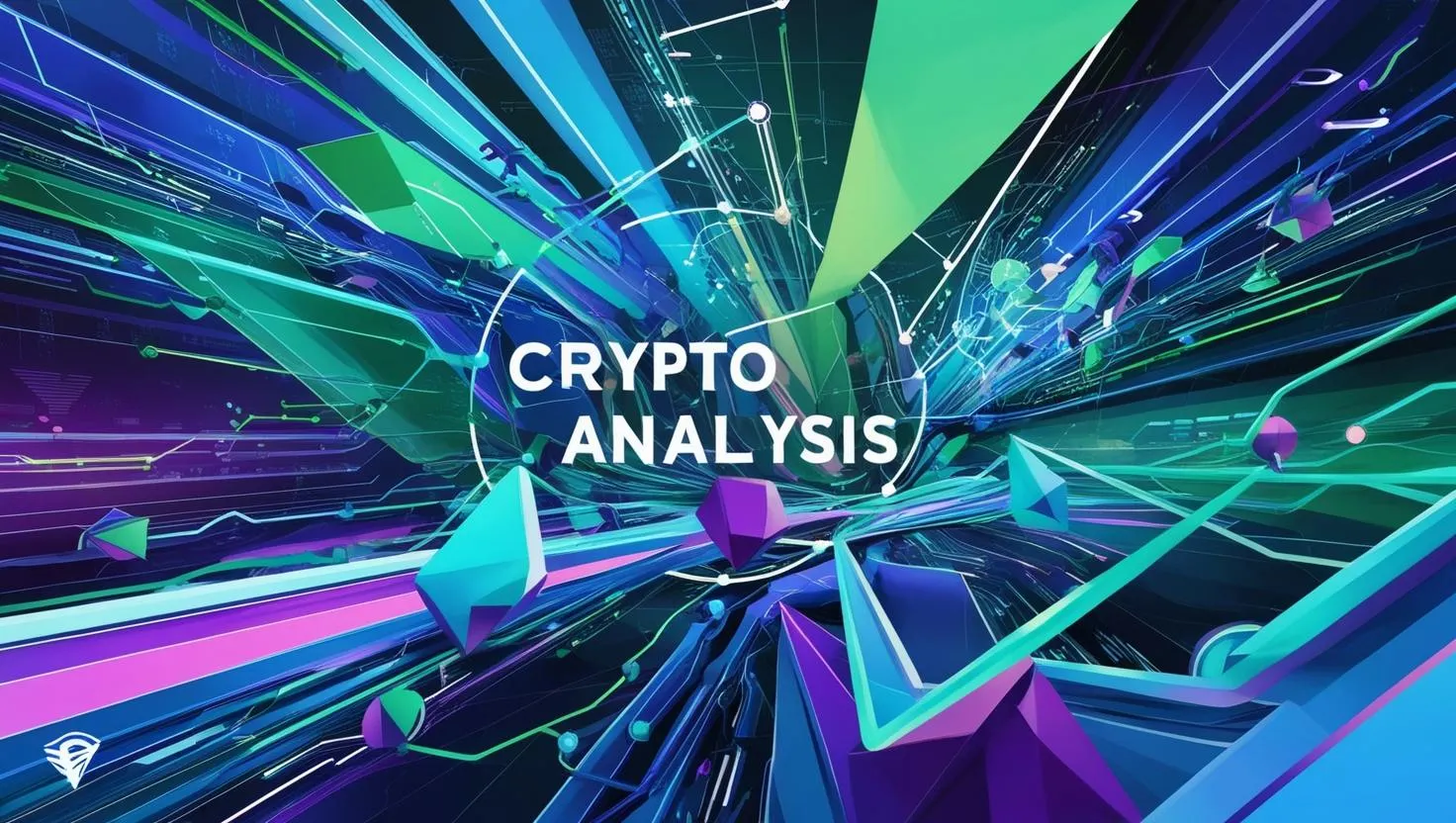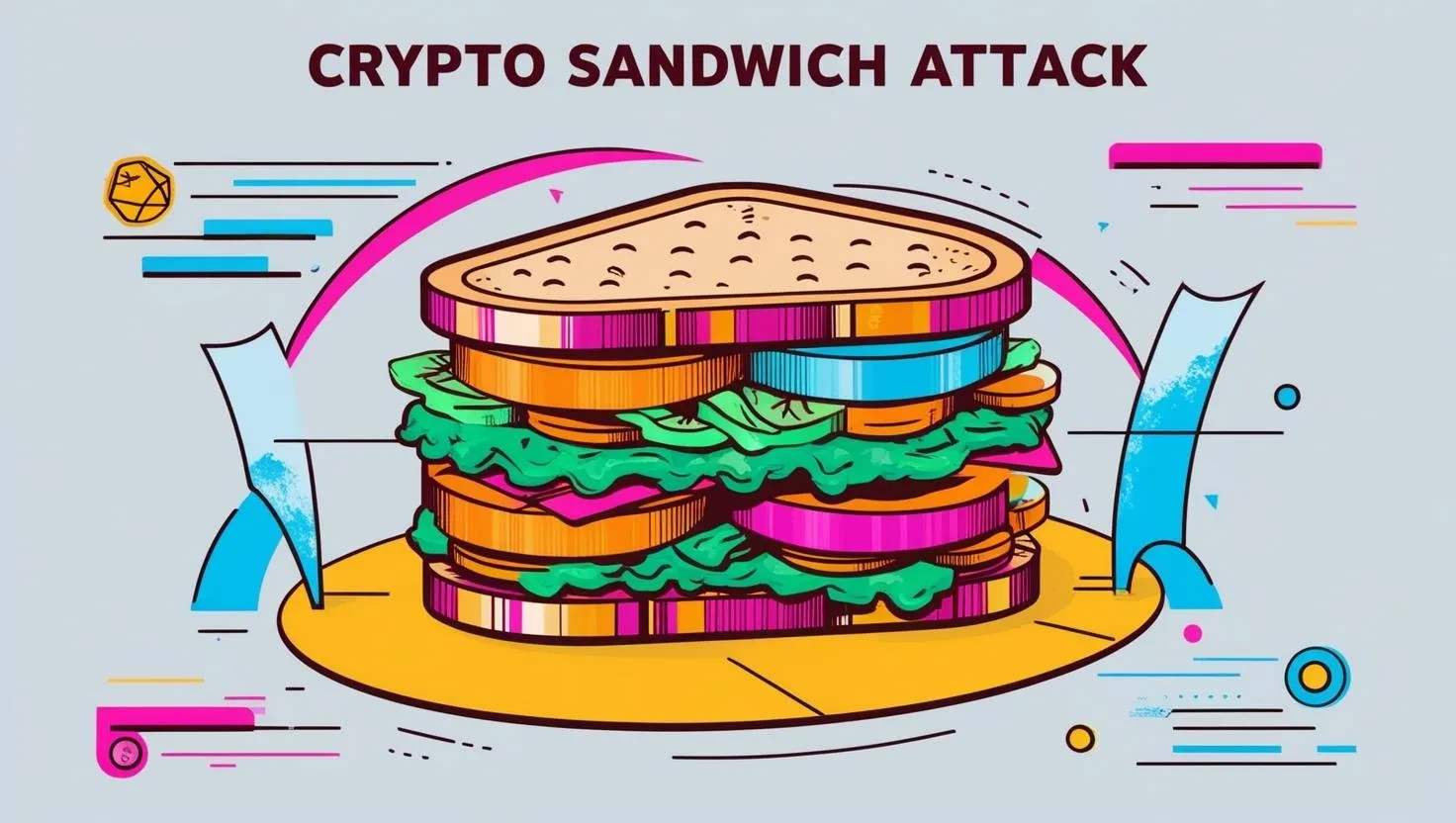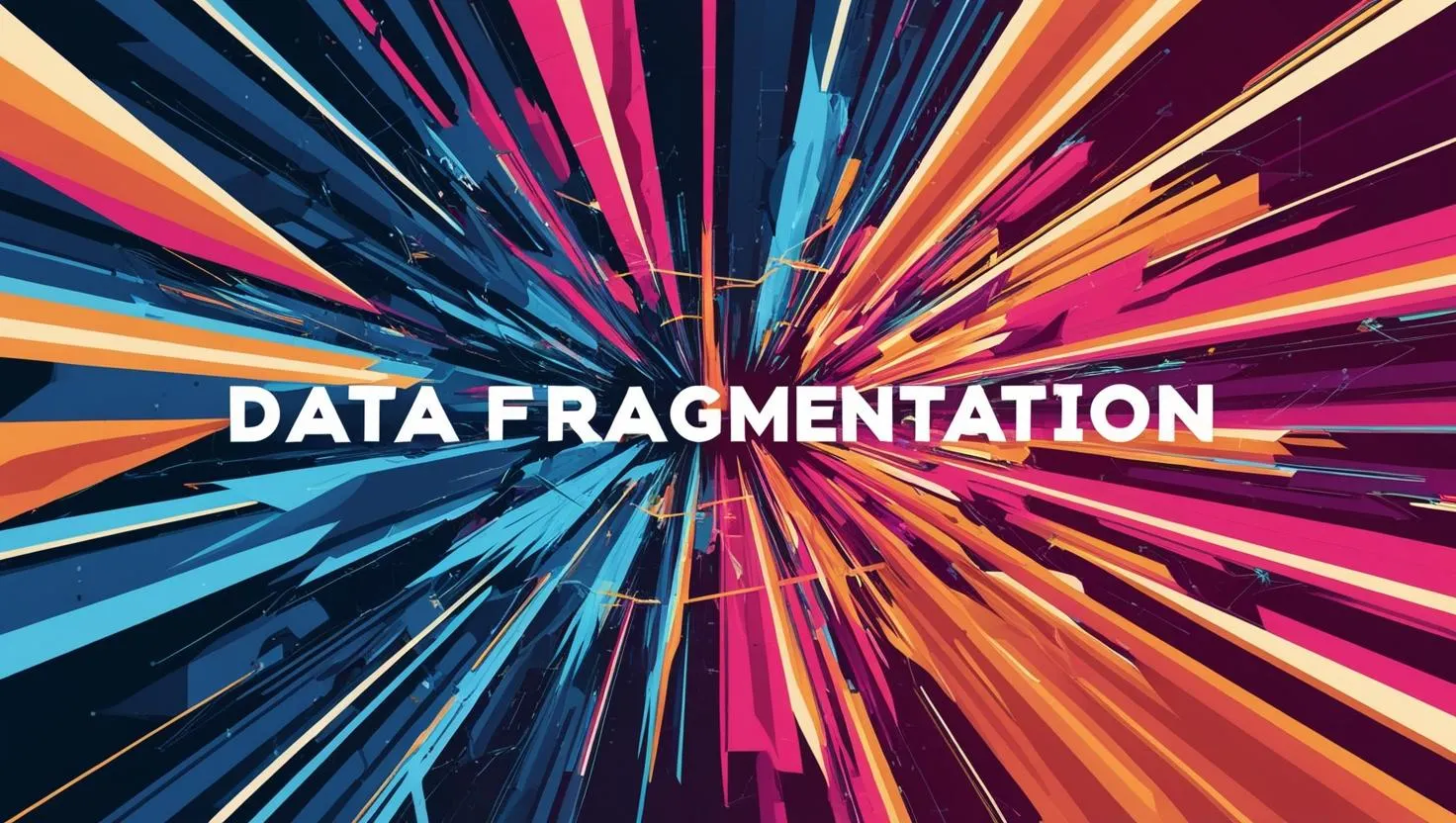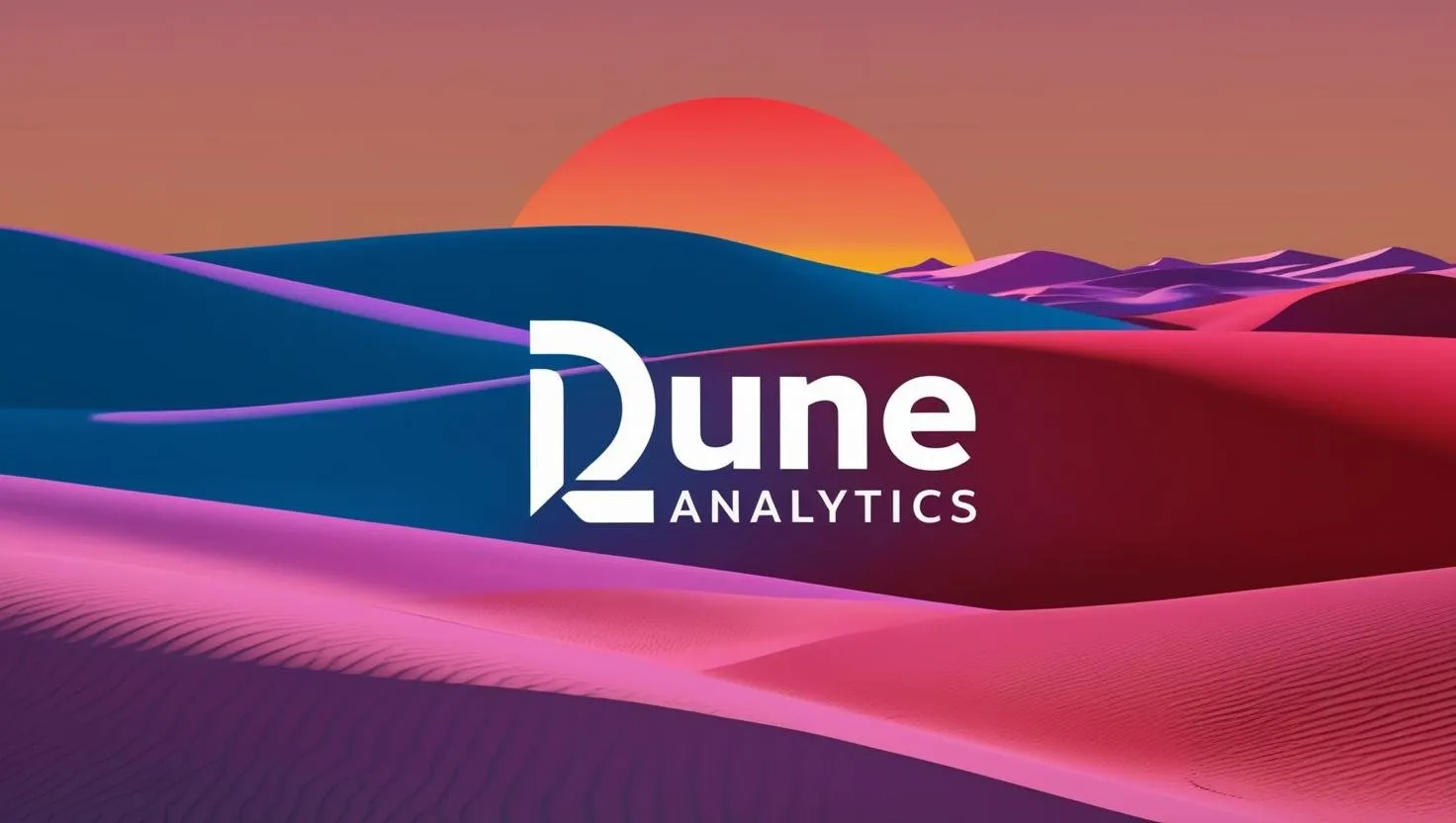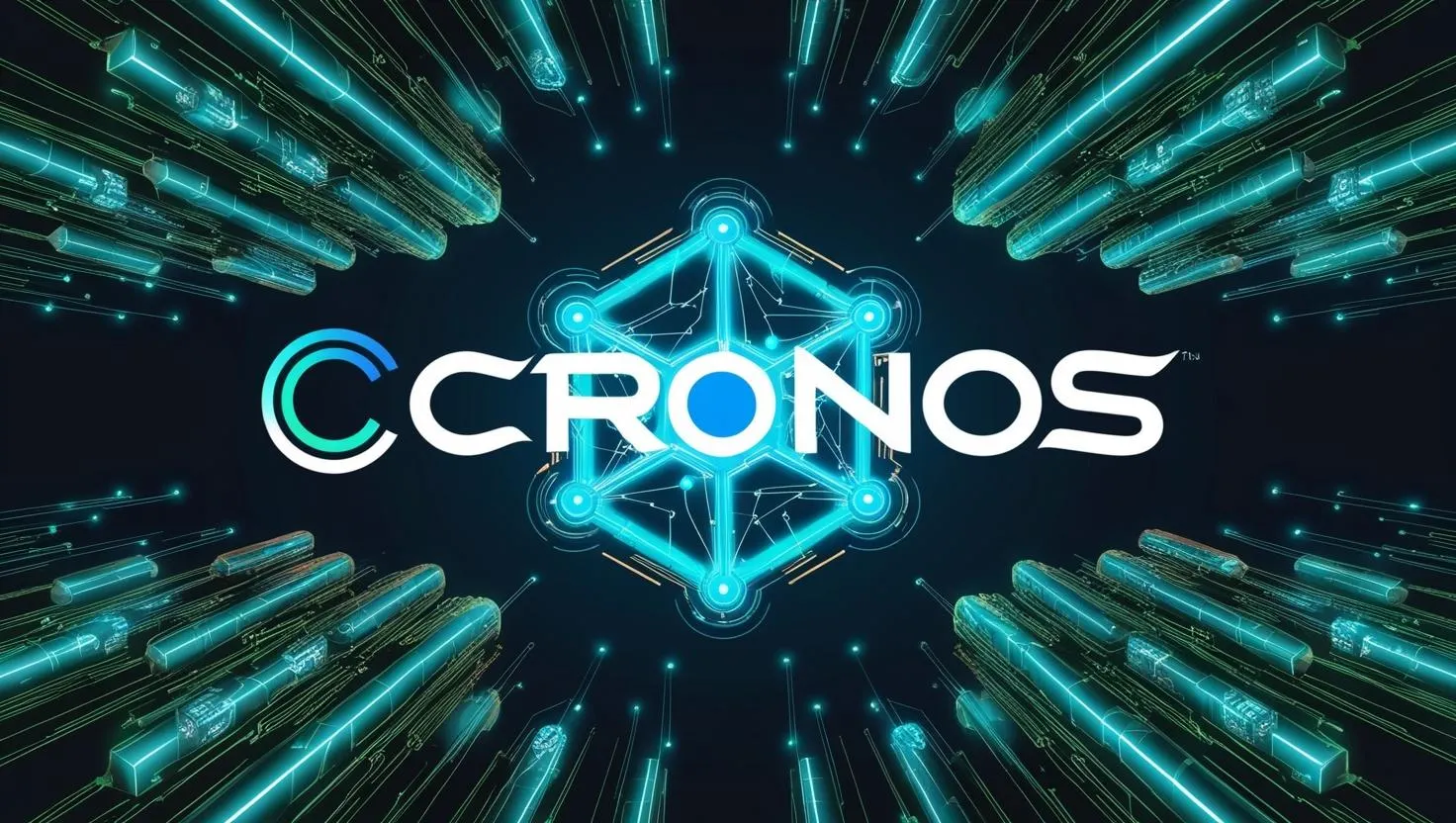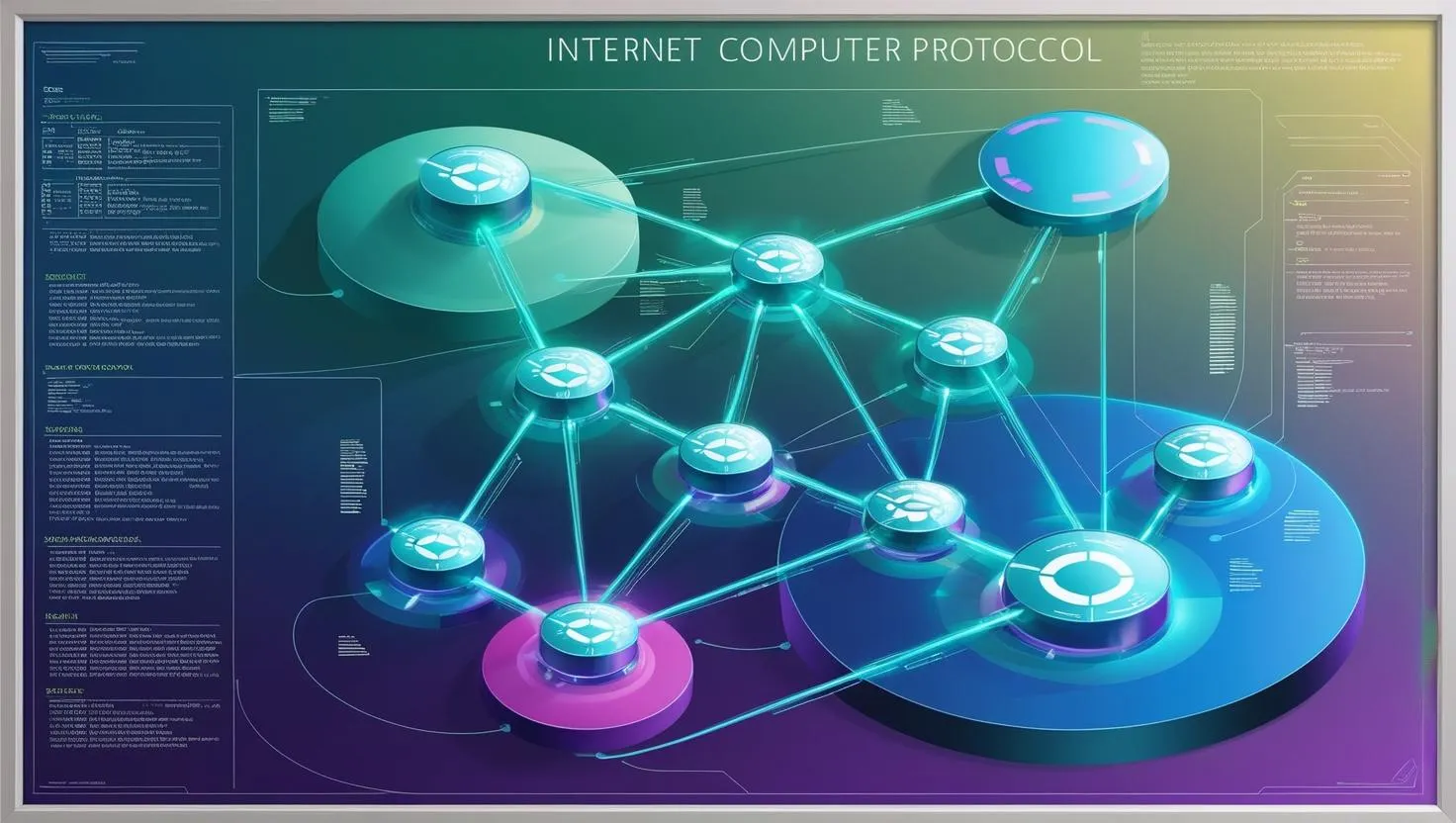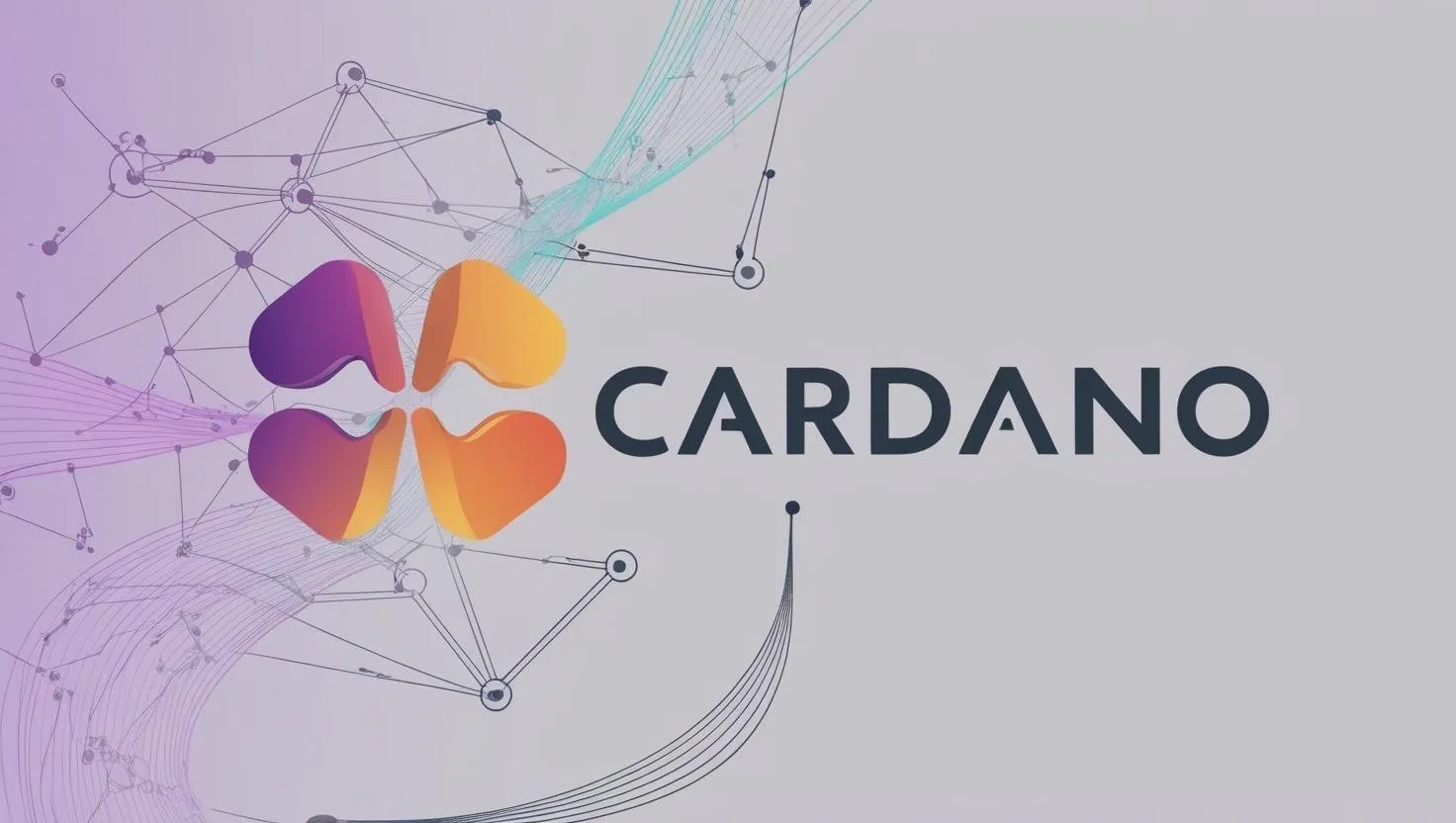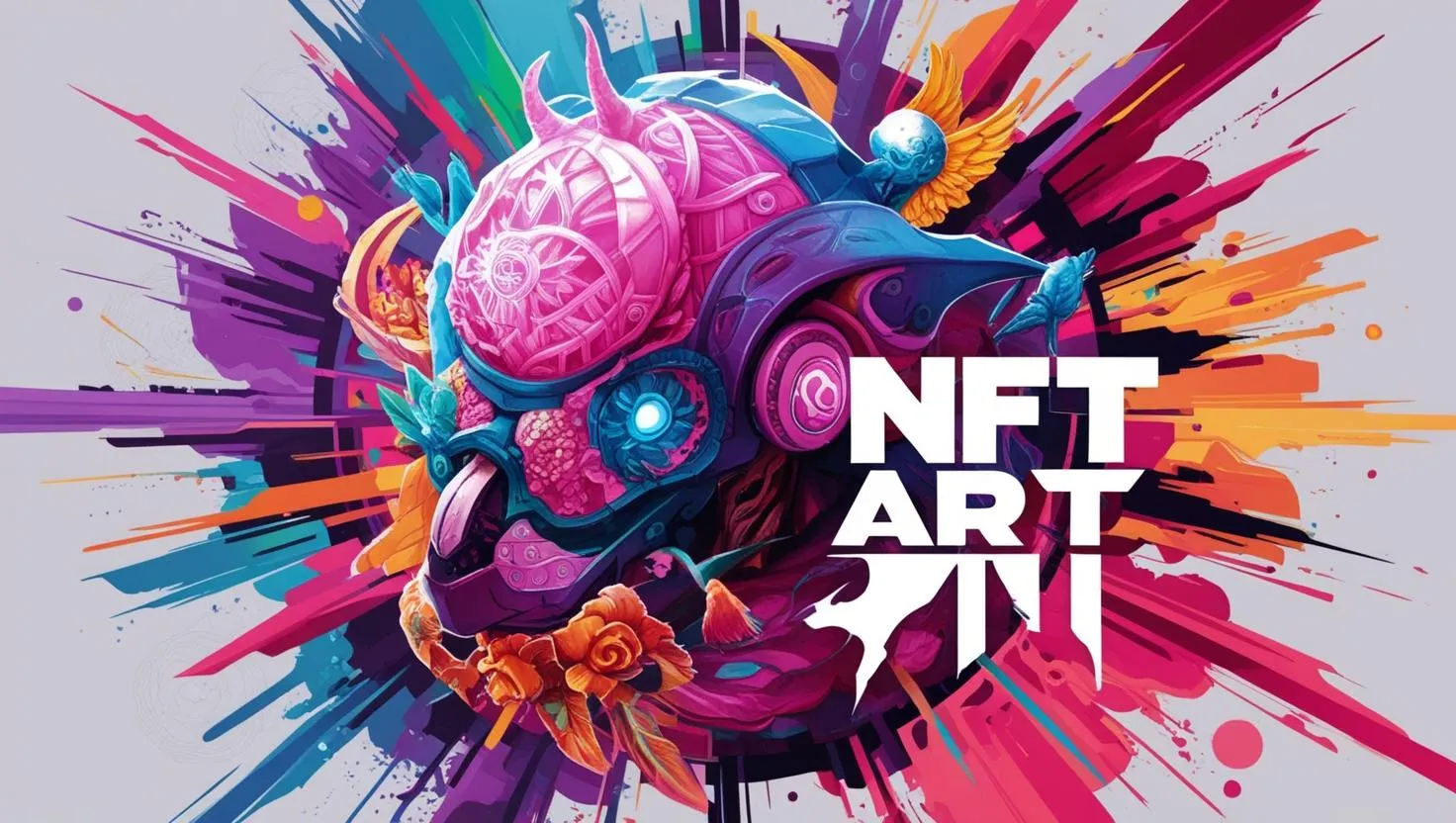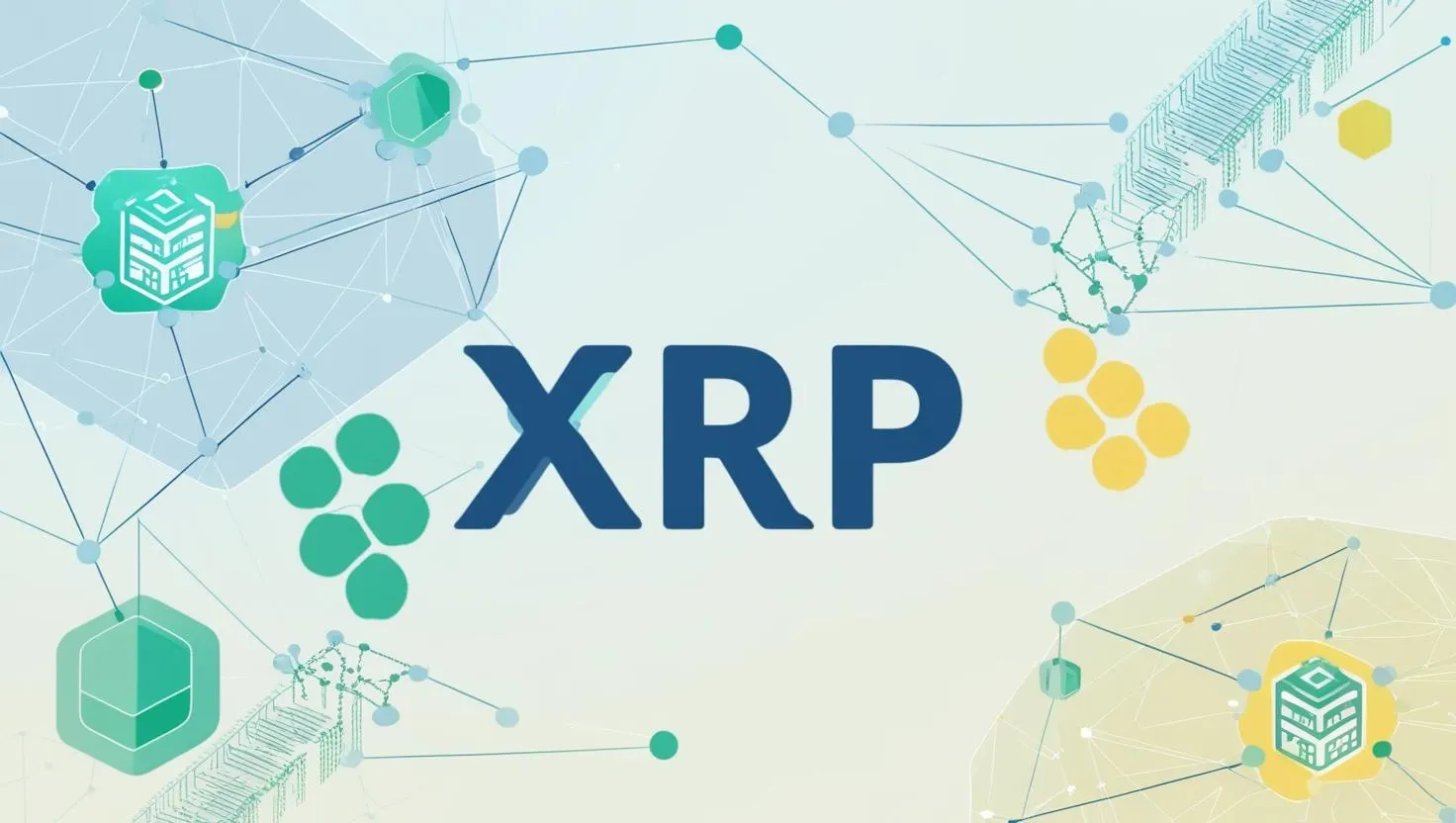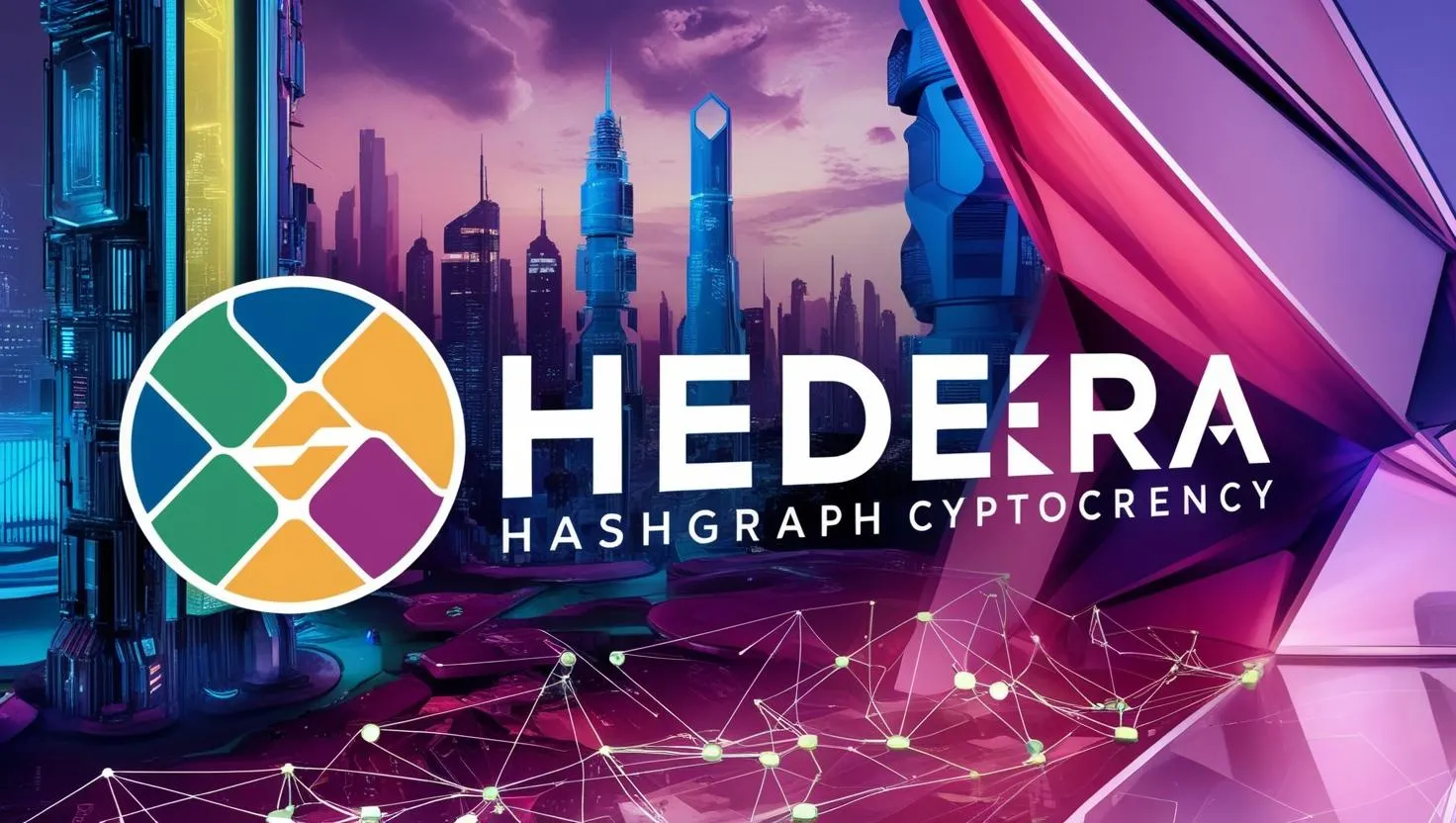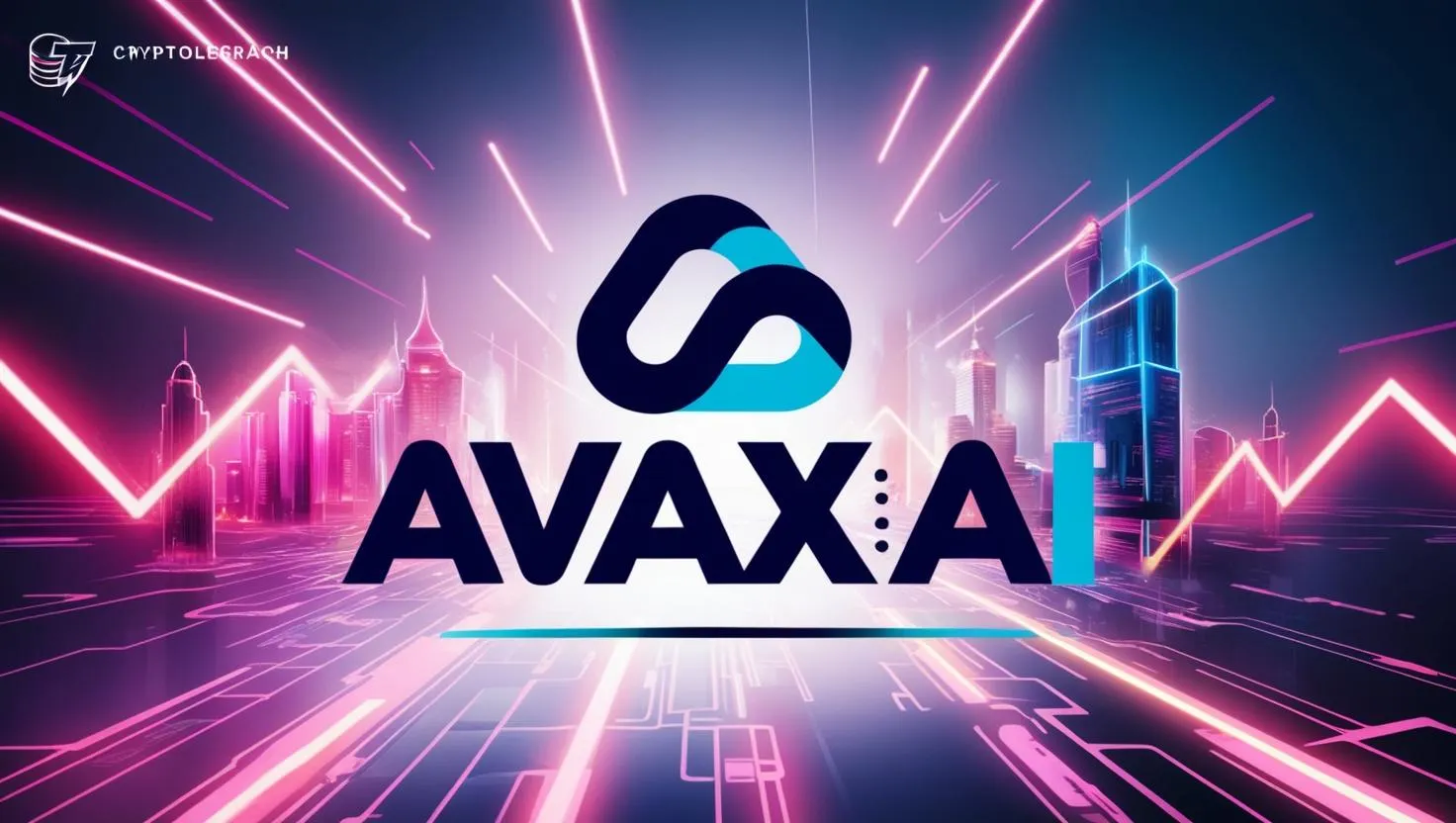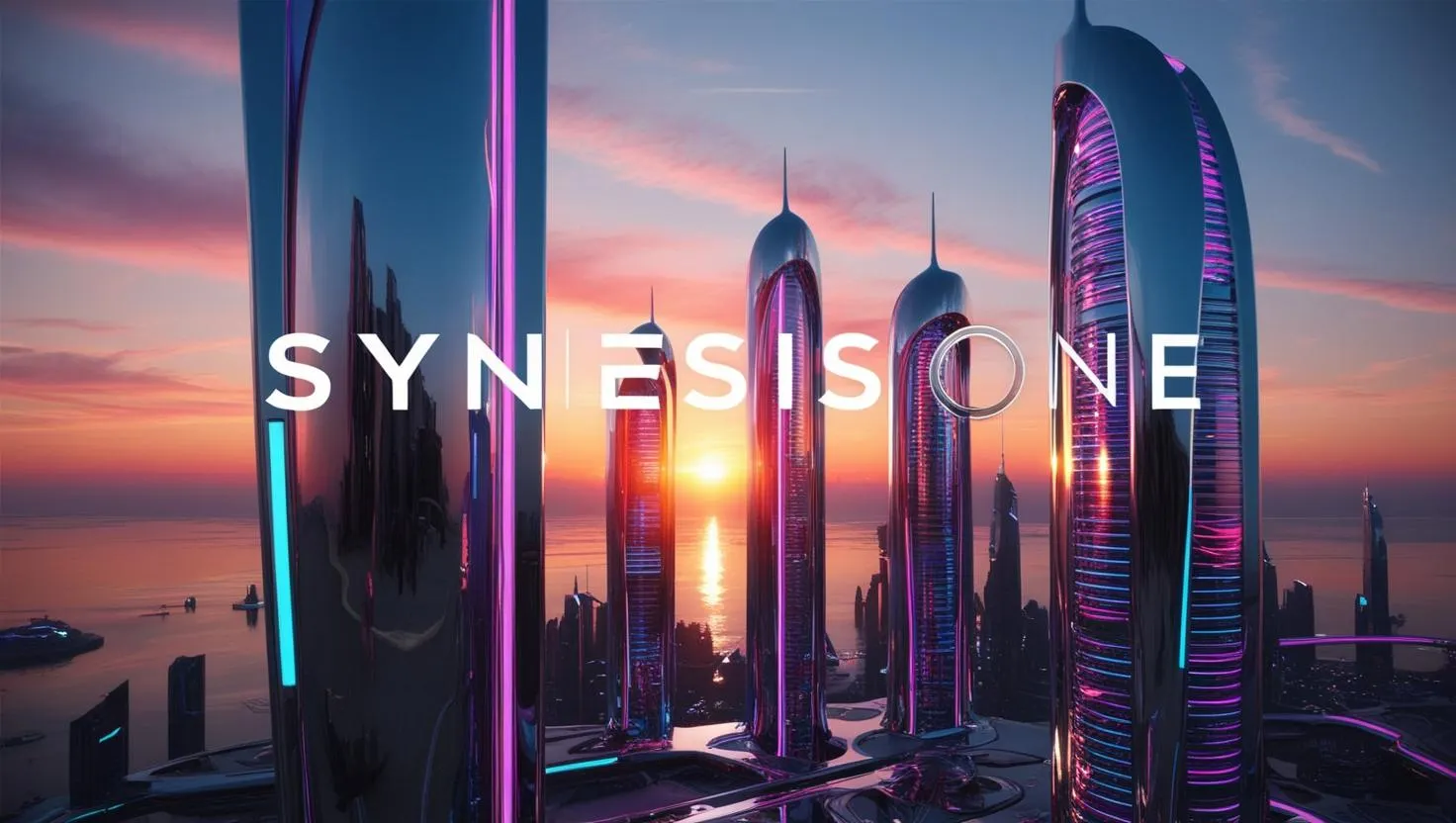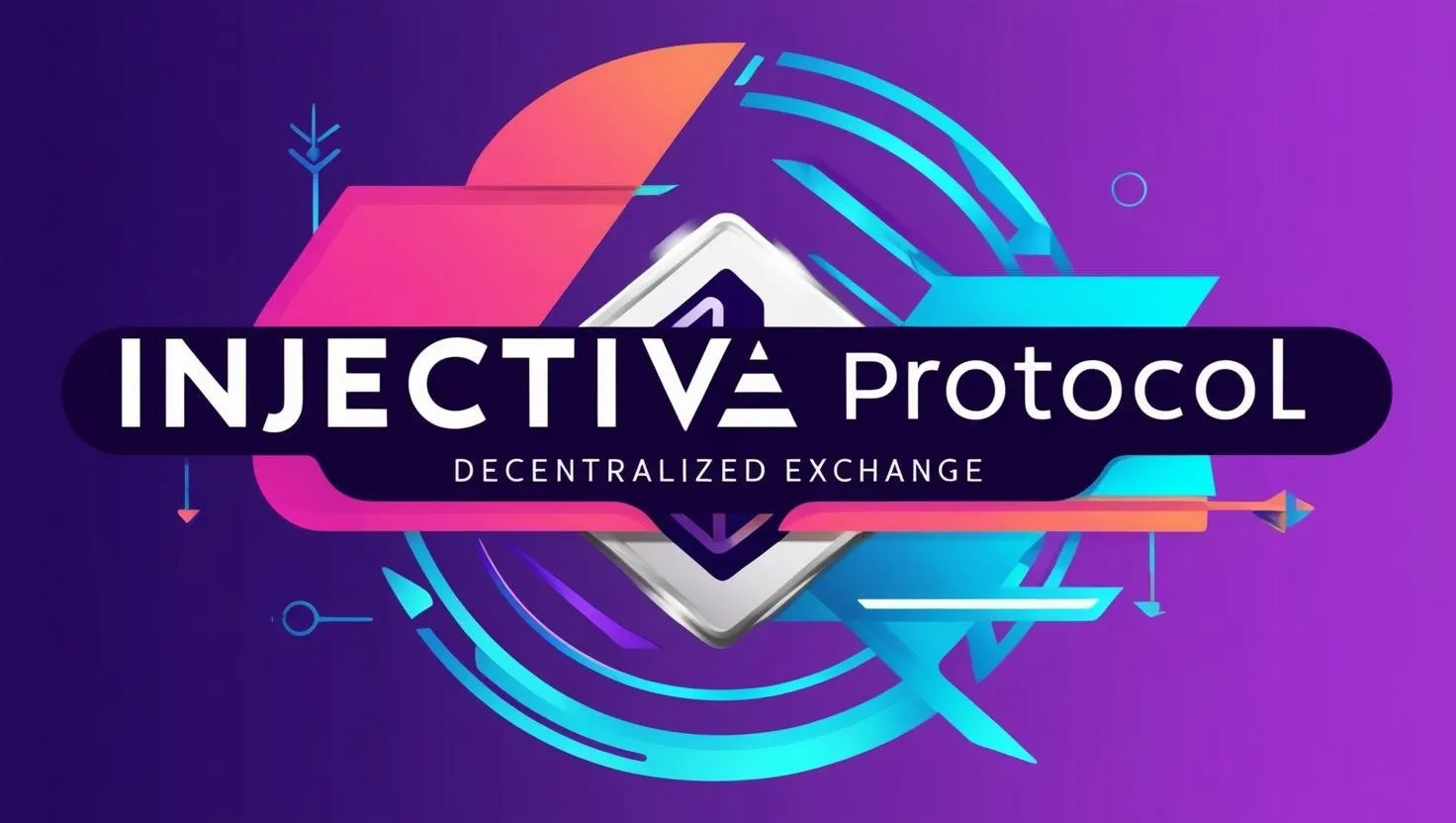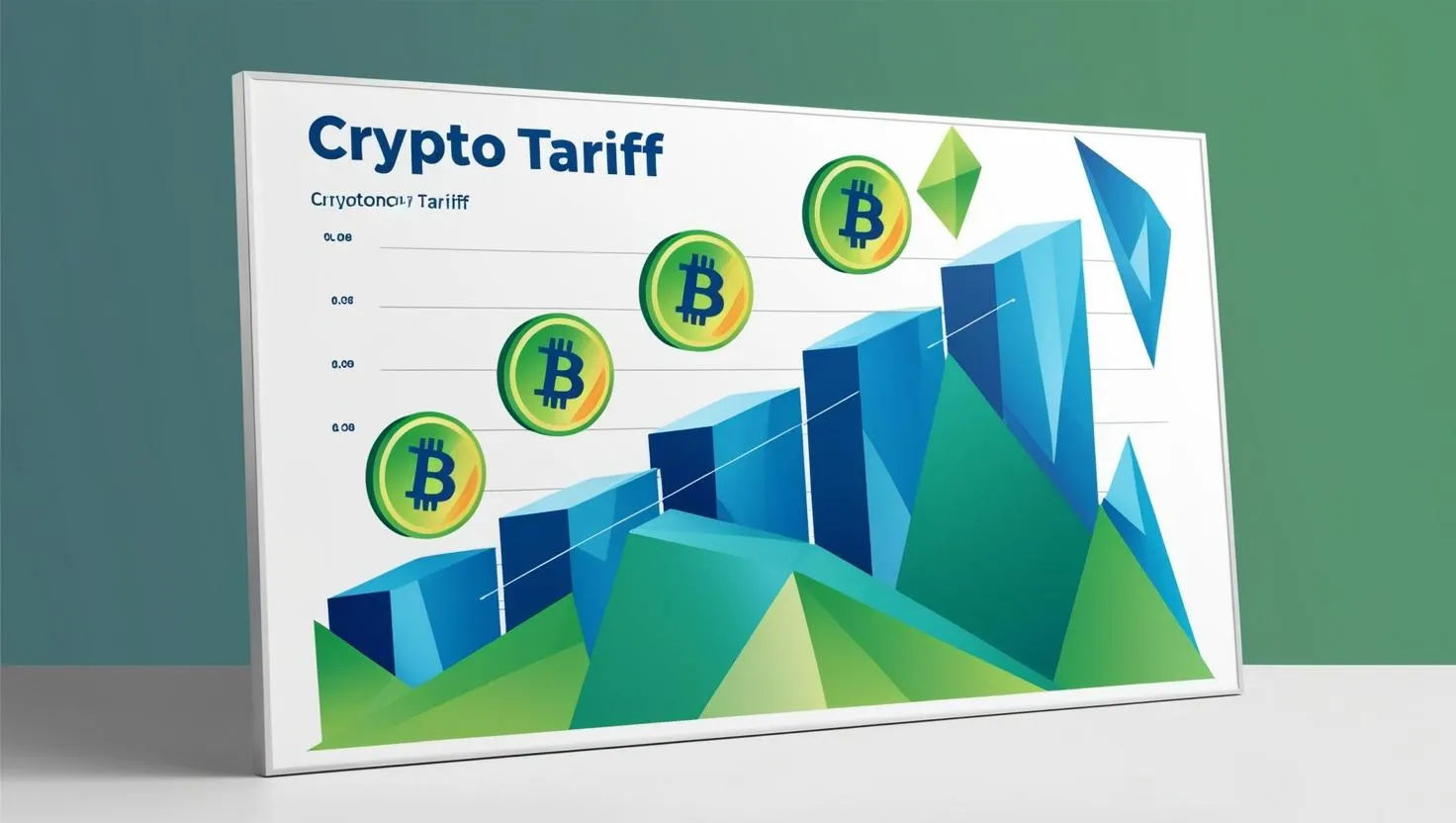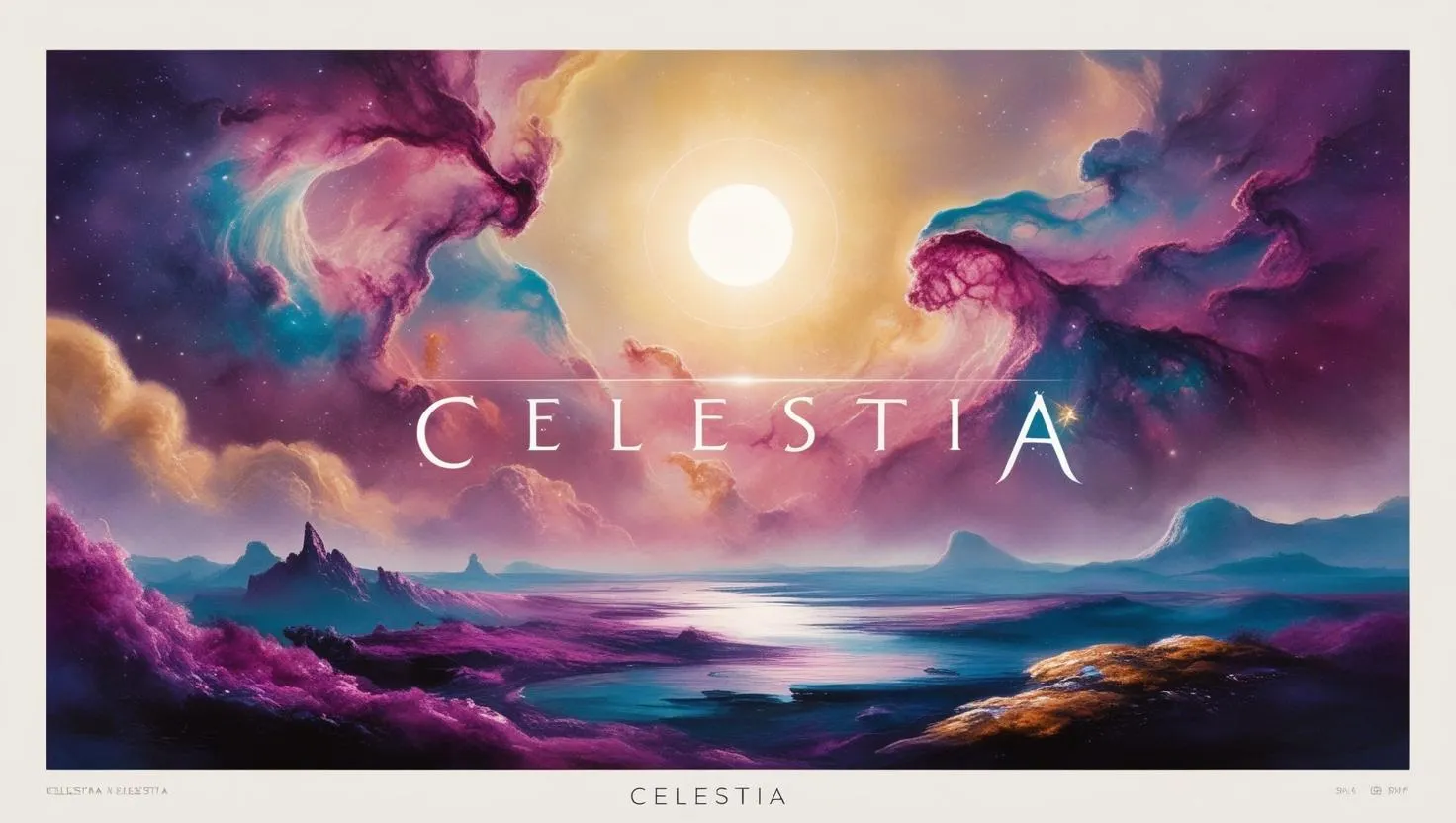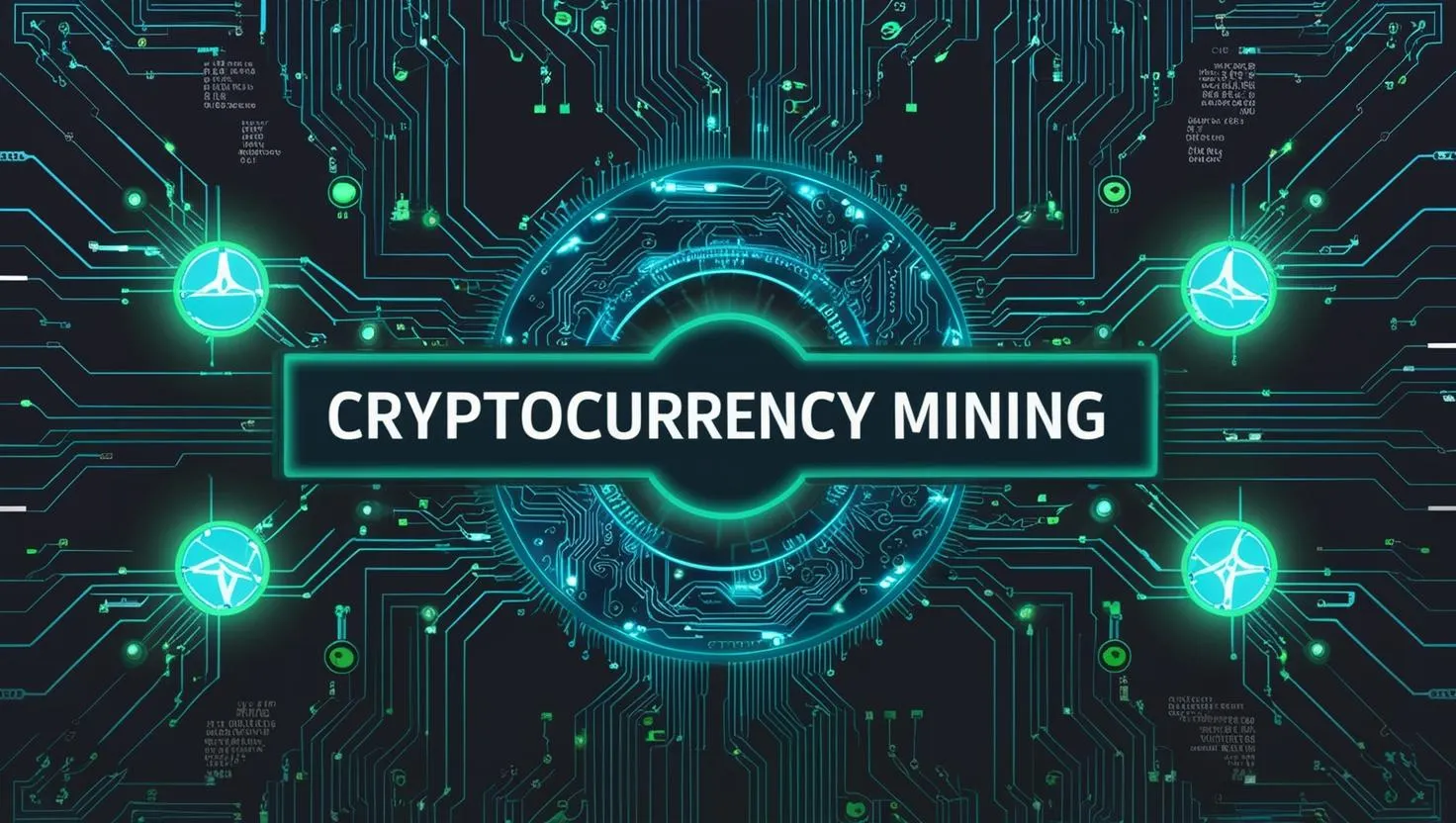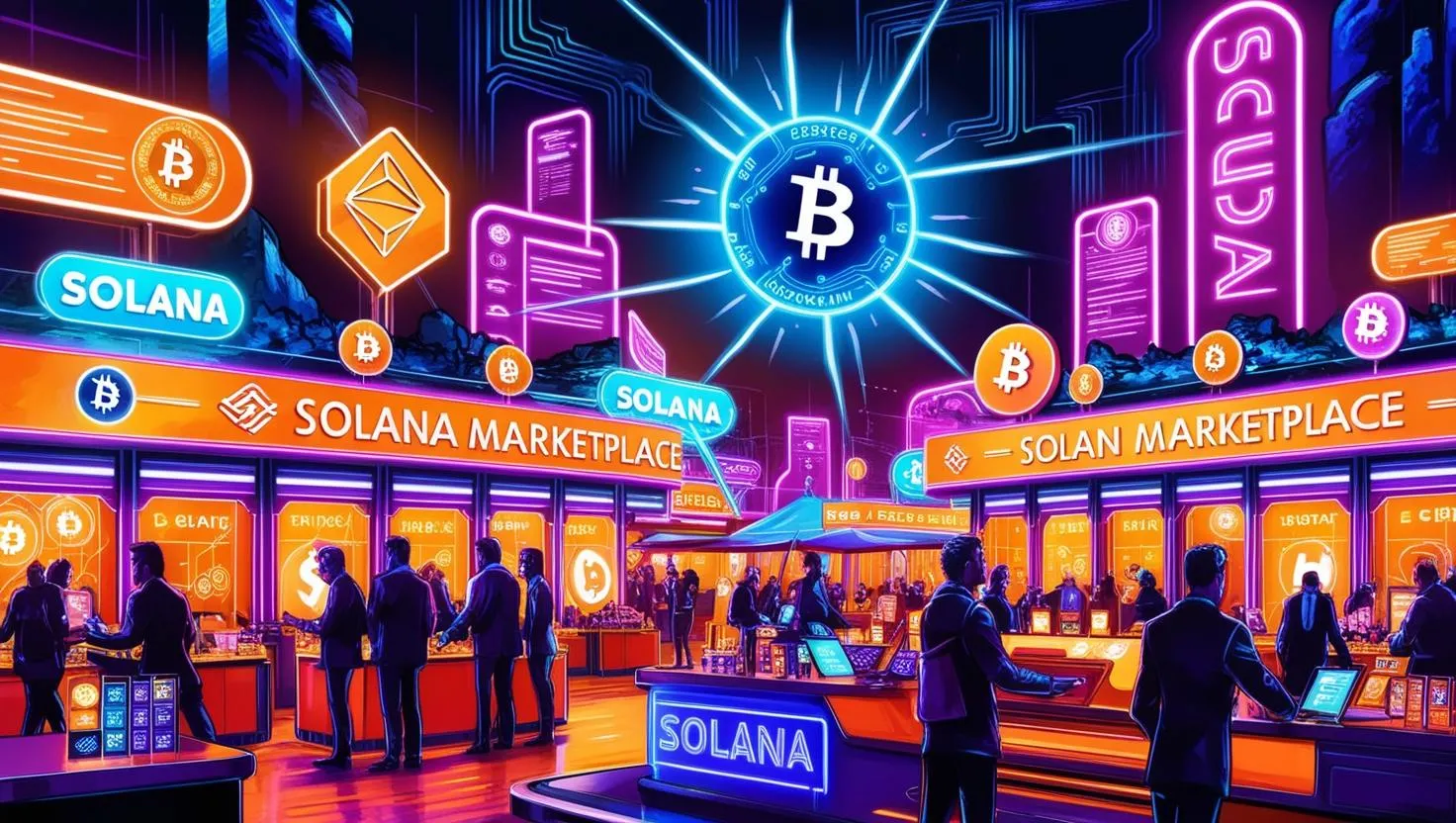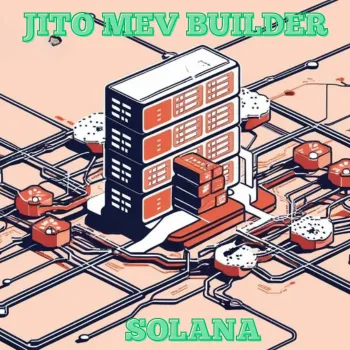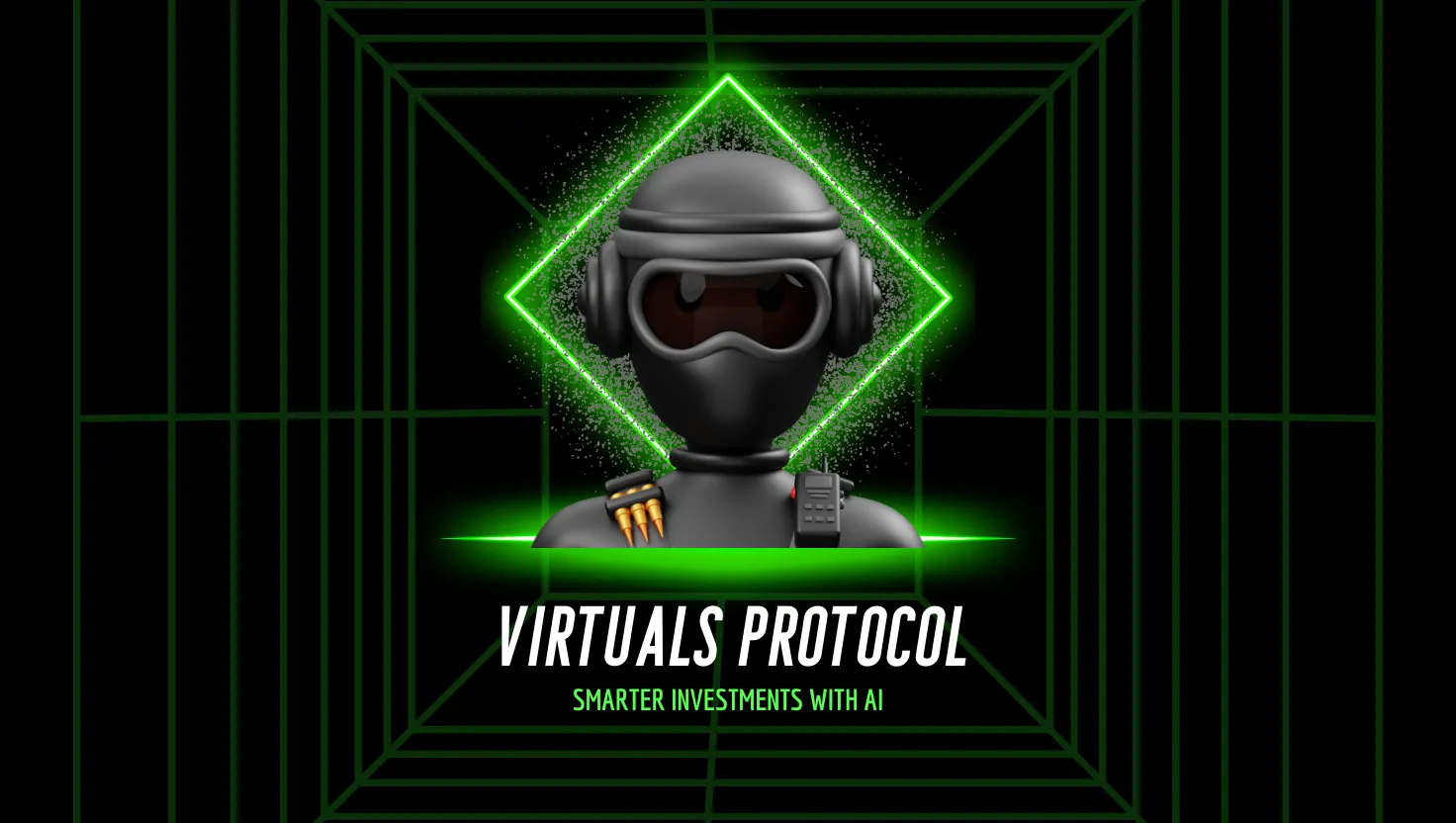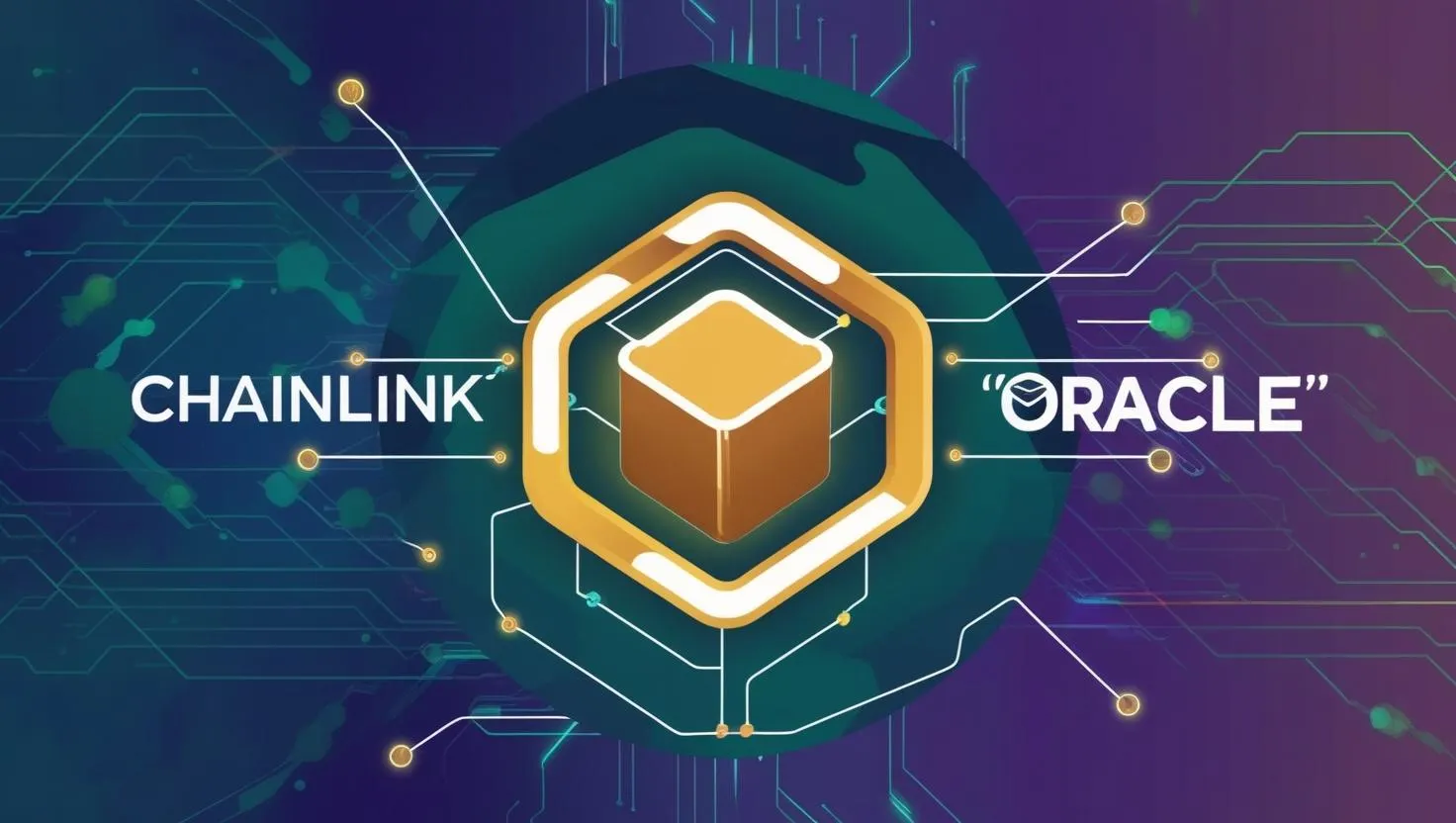Exploring Toncoin: The Scalable Future of Blockchain with the Open Network
What is TON (Toncoin)?
Toncoin (TON) is the native cryptocurrency of The Open Network, a decentralized, layer-1 blockchain designed for scalability, speed, and efficiency. Originally called "Telegram Open Network" (TON), it was initiated by Telegram, the messaging app, in 2018. However, due to regulatory issues with the U.S. Securities and Exchange Commission (SEC), Telegram abandoned the project in 2020. The TON community took over, rebranding it as "The Open Network," and it has since evolved independently.
TON aims to create a blockchain ecosystem capable of processing millions of transactions per second (TPS) while remaining decentralized and user-friendly. Toncoin serves as the fuel for this network, used for transaction fees, staking, and governance.
Key Features of TON
Sharding Technology:
- TON uses a dynamic sharding mechanism to split its blockchain into smaller "workchains" and "shardchains." This allows it to scale efficiently by processing transactions in parallel, unlike traditional blockchains like Bitcoin or Ethereum (pre-sharding), which handle transactions sequentially.
- The goal is to support massive adoption without compromising speed or cost.
Proof-of-Stake (PoS) Consensus:
- TON operates on a proof-of-stake model, where validators stake Toncoin to secure the network and process transactions. This is more energy-efficient than Proof-of-Work (e.g., Bitcoin mining).
- Validators are incentivized with rewards, and stakers can delegate their TON to validators to earn passive income.
TON Crystal (Toncoin):
- Toncoin (symbol: TON) is the native token. It’s used for:
- Paying gas fees (transaction costs).
- Staking to secure the network.
- Governance decisions in the TON ecosystem.
- Interacting with decentralized applications (dApps) built on TON.
High Scalability:
- TON’s architecture includes a "masterchain" that coordinates multiple workchains, each of which can split into shardchains. This design theoretically allows TON to handle millions of TPS, far exceeding Ethereum’s current capacity (around 15-30 TPS) or Bitcoin’s (7 TPS).
Smart Contracts and TON Virtual Machine (TVM):
- TON supports smart contracts via its custom TON Virtual Machine, which is designed for efficiency and flexibility.
- Developers can build dApps, decentralized finance (DeFi) platforms, and more using languages like FunC (a C-like language for TON).
Integration with Telegram (Post-2020):
- Although Telegram stepped away, the TON community has integrated Toncoin into Telegram via wallets like TON Space and bots, enabling seamless crypto payments and transfers within the app for its 900+ million users.
History of TON
- 2018: Telegram announced TON and raised $1.7 billion in a private Initial Coin Offering (ICO), selling "Grams" (the original name for Toncoin).
- 2020: The SEC sued Telegram, claiming the ICO was an unregistered securities sale. Telegram settled, refunded investors, and abandoned TON.
- Post-2020: The open-source community, under initiatives like the TON Foundation, revived the project. "Grams" became "Toncoin," and the network launched as The Open Network.
How Does TON Work?
TON’s architecture is complex but can be broken down into a few core components:
- Masterchain: The main blockchain that oversees everything and stores the network’s global state.
- Workchains: Independent blockchains (up to 2^32 possible) tailored for specific purposes (e.g., one for payments, another for dApps).
- Shardchains: subdivisions of workchains that split dynamically based on load, ensuring scalability.
- Hypercube Routing: A unique system for fast communication between shards, likened to a multi-dimensional network topology.
Transactions on TON are processed quickly (often within seconds) and with low fees, thanks to this structure.
Toncoin Economics
- Total Supply: Approximately 5 billion TON at launch, with a portion allocated to early contributors, developers, and the community.
- Circulating Supply: As of March 15, 2025, this varies based on staking and adoption (I’d need real-time data to confirm the exact number).
- Inflation: TON has a mild inflationary model where new coins are minted as rewards for validators, but the rate is designed to balance supply and demand.
Bitcoin’s price fluctuates based on market conditions. Historically, it’s been influenced by Telegram’s massive user base and TON’s growing ecosystem.
Use Cases
- Payments: Fast, cheap transactions make TON ideal for micropayments or cross-border transfers.
- DeFi: TON hosts decentralized exchanges (DEXs), lending platforms, and yield farming.
- NFTs: TON supports NFT creation and trading, with projects like TON Diamonds gaining traction.
- Web3 Applications: TON aims to power a decentralized internet with storage (TON Storage) and domain names (TON DNS).
Strengths
- Speed and Scalability: Outpaces many competitors due to sharding.
- Telegram Ecosystem: offers a built-in audience via Telegram integration.
- Low Fees: Appeals to users tired of Ethereum’s high gas costs.
Weaknesses
- Adoption: Still lags behind giants like Ethereum or Solana in developer activity and dApp diversity.
- Regulatory Shadow: Its Telegram origins and ICO history make some investors wary.
- Centralization Concerns: Early control by a small community raised questions, though it’s decentralizing over time.
How to Get Toncoin
- Exchanges: Available on centralized exchanges like Binance, KuCoin, or OKX, and DEXs within the TON ecosystem.
- Wallets: Store TON in wallets like TON Keeper, MyTonWallet, or Telegram’s built-in wallet.
- Staking: Earn rewards by staking via validators or pools.

